Where to start? Through the viewpoint next to São Teotónio, where there is a fire lookout post, from which you can see much of the coast of the municipality of Odemira, with the huge patches of plastic greenhouses shimmering in the sun, blending into one another. , from afar, with the glow of the sea?
Or in the area of Loural, which represents the largest concentration of greenhouses in the Irrigation Perimeter of Mira, with around 300 hectares, always growing, which oil slick?
Or through that hillock before the coastal village of Entrada da Barca, from where you can see that Driscoll, a precursor of the exploration of red fruits in the Irrigation Perimeter of Mira, has its greenhouses installed almost to the edge of the cliffs?
Or even on that farm on the way to Praia do Carvalhal, where, to install more greenhouses, a temporary pond was dried and landfilled, which, by chance, is even a protected habitat, target of a conservation project, where 4 million were invested. of euros of one LIFE project funded by the European Union?
Or maybe by the back of the dunes of Almograve beach, «which play a key role in coastal dynamics» and «protecting the inland areas from the saline winds and the advance of the sea», which were shaved of natural vegetation and covered by a huge carpet of grass, the kind that later used to carpet the stadium pitch of big clubs in Europe, such as Real Madrid? Here, the company promoting this destruction of the dune's vegetation cover was even fined, but it was a “minimum fine”. And the dune is there, clean, waiting for new mat of green grass.
Or, since we talked about lawns and because all this needs a lot of water, we can start by crossing Vale Figueira, next to an open-air canal (as they are all) that transports water from the Santa Clara Dam, with huge losses and allegedly “inefficient” management by the Mira Beneficiaries Association?
Or, at that same intersection, witness the departure of hundreds of people, mostly immigrants from Asian countries, who work in the greenhouses, and who travel back home on foot, by bicycle, in their own car, in vans, on buses ? And to see that many of these migrant workers live in container villages, out of sight because they are located within the fenced agricultural properties, which generate effluents, need infrastructure and can remain (for now) for ten years, made legal by the Council Resolution of Ministers 179/2019 of 24 October.
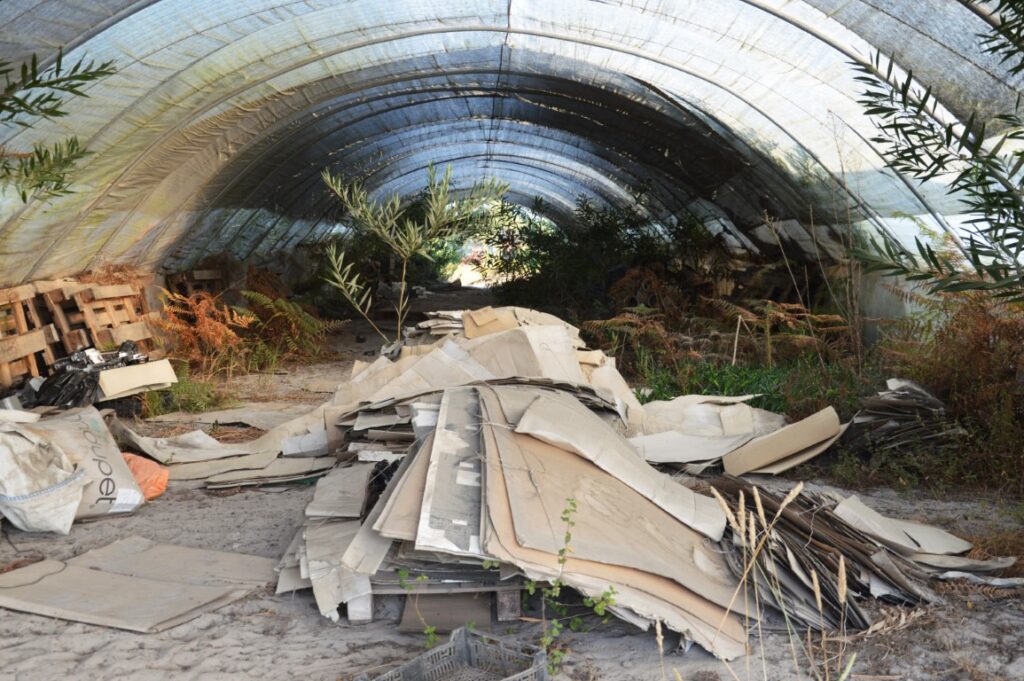
Or on the road to Azenha do Mar, where hectares and hectares of abandoned greenhouses leave a trail of plastic, garbage and degradation? Here, it seems that there was a cataclysm that made everyone who worked there suddenly disappear, leaving everything behind, frozen in time.
And left behind were dozens of greenhouses, already with the plastics ripping by the force of the wind and the sun, with their ordered rows of raspberry plants, now withered and brown, hundreds of intact plastic or paper boxes to store the fruits, kilometers of tubes of various sizes, tons of unused metal structures, agricultural machinery, tables, chairs and even portable toilets.
All of this would be an important topic of reporting in any part of the country. But we are in the heart of the Natural Park of Southwest Alentejo and Costa Vicentina, which is still 25 years old, and we cannot even believe that the territory where the plastic of greenhouses shines, over 1600 hectares (estimated number, because «no one has concrete numbers'), is in fact a “protected area”. Protected from what?
“Every week there are new areas of greenhouses, all of them!”, stresses Fátima Teixeira, member of Juntos pelo Sudoeste – Citizens' Movement of Odemira and Aljezur in Defense of the Southwest. It was this movement that, last Monday, invited journalists, namely the Sul Informação, «to get to know up close the reality of what goes on beyond the Natural Park, what goes on on the B side», as explained by Nuno Carvalho, another member of the group.
During an intense afternoon, a route of about 60 kilometers was made, which showed to exhaustion what had already been foreseen since the creation of the Park: «there is conflict here over an irrigation perimeter of 12 hectares, fed by the Dam of Santa Clara, which merges with an area classified as a Protected Landscape in the 80s and elevated to a Natural Park in the 90s", which forced the Portuguese State to assume "strong environmental commitments, both nationally and at European level, with the Natura 2000 Network'.
But, as this area is a Natural Park, are there no restrictions on the expansion of greenhouses? Apparently there isn't. First because, as Mário Encarnação, another member of the Juntos pela Sudoeste movement, pointed out, «the one in charge of this area of the Park, which is part of the Mira Irrigation Perimeter, is not the Institute for the Conservation of Nature and Forests, the ICNF, but the Mira Beneficiaries Association (ABM). They are the ones who control everything, effectively. The ICNF, by the way, has so few resources on the ground that, even if it wanted to do something, it would be very difficult».
And, as greenhouses and other forms of intensive agriculture continue to expand an activity with a great impact on the environment, do projects not need a prior Environmental Impact Assessment? Yes, answers Mário Encarnação, they do, “if the areas have more than 50 hectares. But the companies that promote the new projects know this perfectly and therefore they make 45 hectares, plus 45 hectares, in other words, they always divide them in parcels smaller than 50 hectares». In fact, he explained, "it is enough that the property is on both sides of the road and they are already considered as two parcels."
“And so the law is circumvented”, emphasizes Nuno Carvalho.
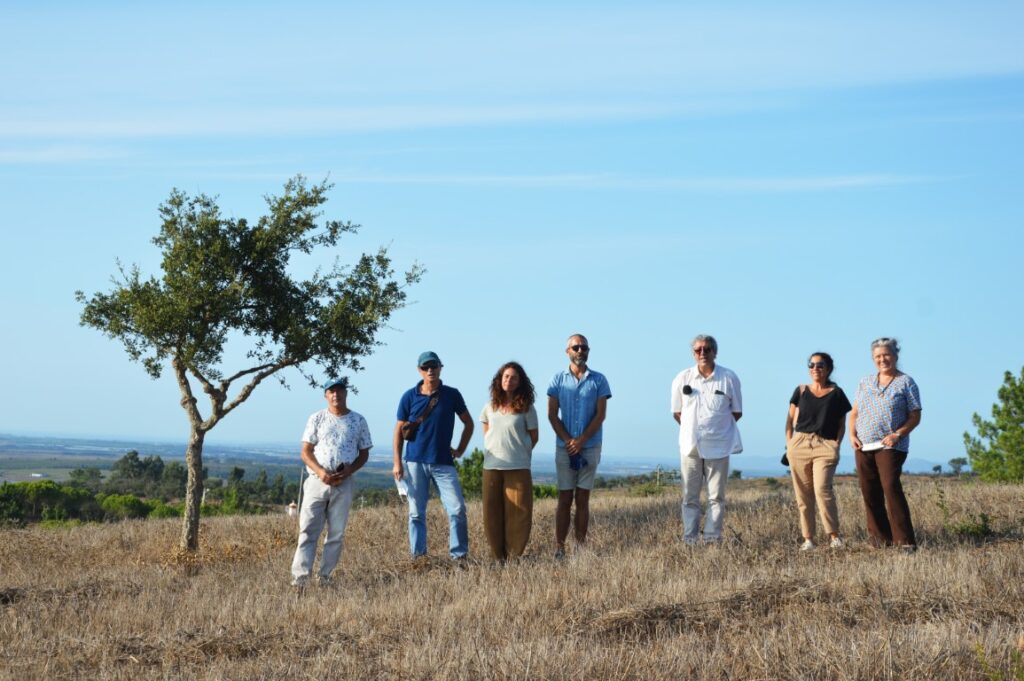
1600 hectares of intensive agriculture (estimated area and always growing) need a lot of water, which is provided by the Santa Clara Dam. After successive years of meteorological drought, the level of this reservoir is now 40 percent and, in the short term, all that remains is pray for rain and refill the dam.
But Mário Encarnação draws attention to the structural problem of water management. «30 percent of the water in the dam is lost, in leakage along the system of channels, which are in the open air, and by evaporation. There are also two exits to the sea, at the end of the system, which is gravitational».
In Spain, he recalls, large investments have been made in irrigation perimeters, transforming open-air channels into covered conduits, in order to significantly reduce water losses from the system. And at the Mira Irrigation Perimeter?
«Solutions exist, the difficult thing is to move forward with them. There has been talk of modernization work for a long time, but they have never moved forward», stresses Mário.
And do you know how much water is used? "Everyone asks for this data, but no one answers."
«The Santa Clara Dam is a project from the 50's, set up in the 60's, for a completely different agricultural reality, in terms of agriculture, water consumption, even the climate", emphasizes Nuno Carvalho.
Against this state of affairs, the Juntos pelo Sudoeste movement collected 6 signatures in a petition, which entered the Assembly of the Republic on March 2 and, according to Sara Serrão, was sent to the Parliamentary Committee on Agriculture in early June. "The deputies have 60 days to follow up on our petition, but they still haven't called us to be heard", guarantees Sara, noting that the movement has already sent an email to try to find out where it is.
"As part of our appeals and our petition, we have already met with Os Verdes, the PAN, the Left Bloc and the PS," he adds.
And what does the Together for the Southwest of the Mira Working Group, released in 2018? Nuno Carvalho answers: «it is a hermetically closed group, which meets among them. Where are the associations? Local participation? Nobody knows anything!».
Mário Encarnação adds: “there is so much of a united entity that nothing concrete will ever come out of it”. At least so far, it hasn't come out.
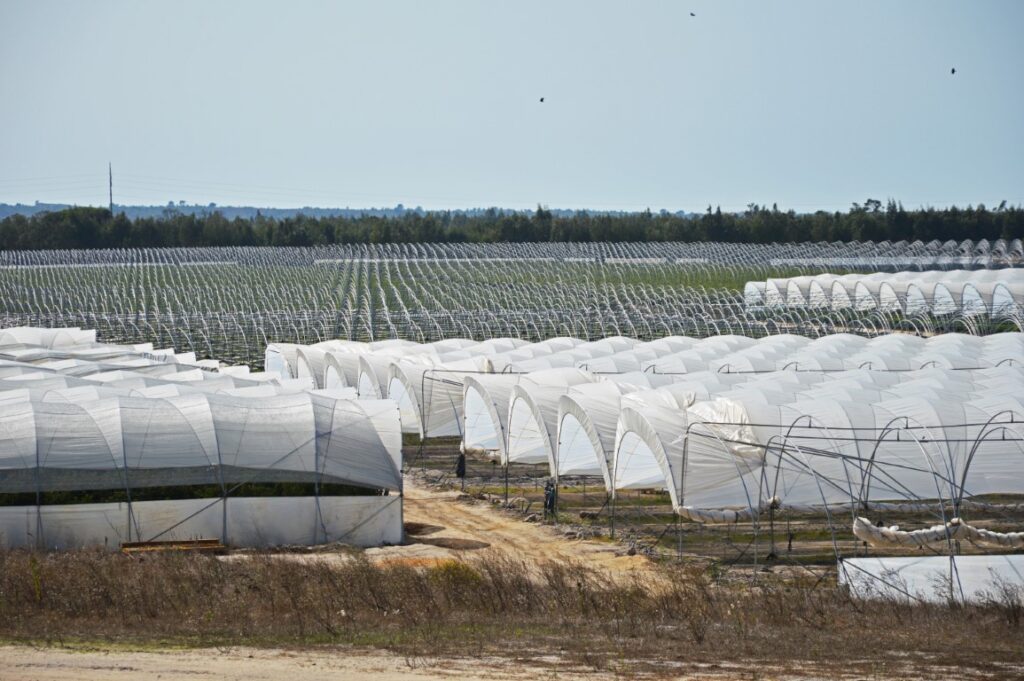
Because it is fed up with so much study and so much talk, the Juntos pelo Sudoeste movement has now decided to move towards the judicial channels. The lawyer Rui Amores explained to journalists that, in relation to the issue of Environmental Impact Assessment, "no one is connecting anything to the cumulative effects" of the various contiguous areas of intensive agriculture. “The ICNF does nothing”, he adds, not least because it can only give non-binding opinions, despite the agricultural investments taking place in an area classified as a Natural Park.
Between 2015 and 2018, the ICNF "gave a positive opinion to 118 agricultural projects", "limiting itself to issuing alerts and giving a conditioned opinion". In other words, “although there are conflicting values”, it was “practically everything”, adds Rui Amores.
«In 2016, the IGAMAOT [General Inspectorate for Agriculture, Sea, Environment and Spatial Planning] carried out an inspection to assess the conditions under which the Natural Park Management Plan was being applied in the Irrigation and Perimeter area. the conclusions were devastating!”, stresses the lawyer.
The Mira Working Group, he explains, "is the result of the conclusions of this inspection", but Rui Amores doubts that there will be more discussion there than "where are they going to lodge the agricultural workers".
The jurist recalls that the law "enables" the Regional Coordination and Development Committees (CCDR) to "impose the Environmental Impact Assessment (EIA)." For this reason, the Juntos pelo Sudoeste movement will file a lawsuit by the Administrative and Fiscal Court of Beja by the end of the week, asking the CCDR Alentejo to "impose the Environmental Impact Assessment" of intensive agriculture projects , in greenhouses and beyond, in the Irrigation Perimeter of Mira, that is, in large part in the Natural Park of Southwest Alentejo and Costa Vicentina.
Rui Amores guarantees that the EIA process “can be imposed on those who are already on the ground”, “can be imposed on those who are already here and on those who come”. The case enters the Court "still this week", so it remains to wait for its consequences.
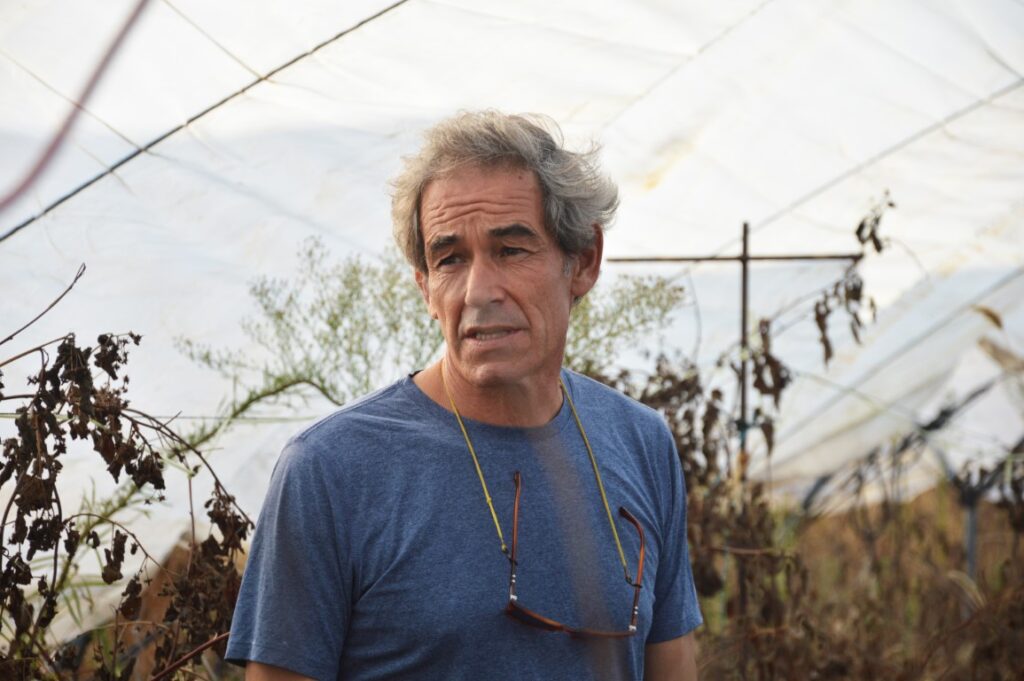
Accompanying the visit of journalists and activists, is Alfredo Cunhal Sendim, co-owner of Herdade do Freixo do Meio, near Montemor-o-Novo, where he has developed a structuring project in agroecology, biological agriculture, agroforestry and food sovereignty. He is a leading figure in the environment and agroecology at a European level. What he sees in the visit leaves him with a sinking heart.
“This – he says pointing to the surrounding territory – is not a place to do business. This is our home! The earth is like my mother: can I ever think of prostituting my mother, of putting her on the side of the road to pay?»
Next to Azenha do Mar, in such a large area of abandoned greenhouses, with plastics fluttering and buried in the ground, mountains of rusting metal structures, piles of crumbling cardboard boxes, Alfredo laments: «all this was abandoned and no one is responsible…and is this a Natural Park?”
Photos: Elisabete Rodrigues | Sul Informação
Help us to do the Sul Informação!
Contribute your donation so that we can continue to make your journal!
Click here to support us (Paypal)
Or use our IBAN PT50 0018 0003 38929600020 44
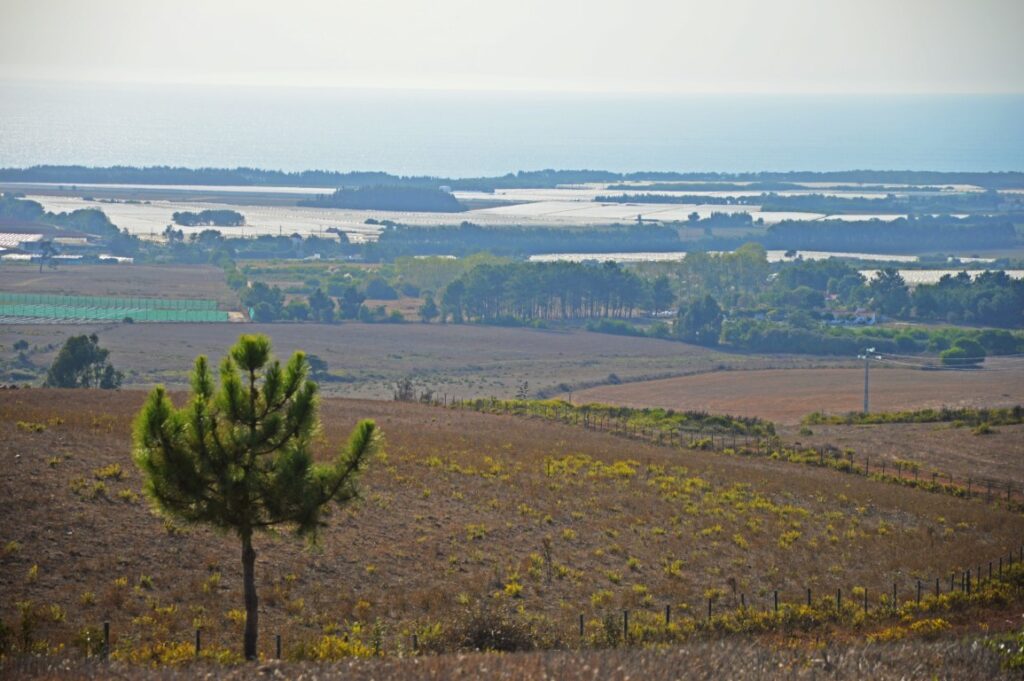
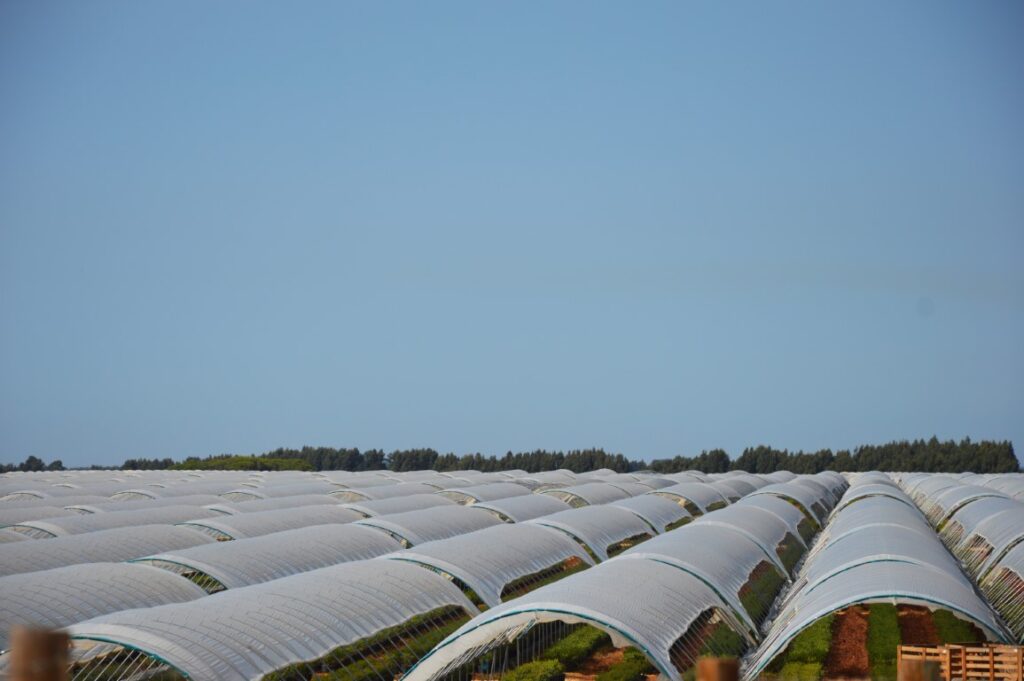
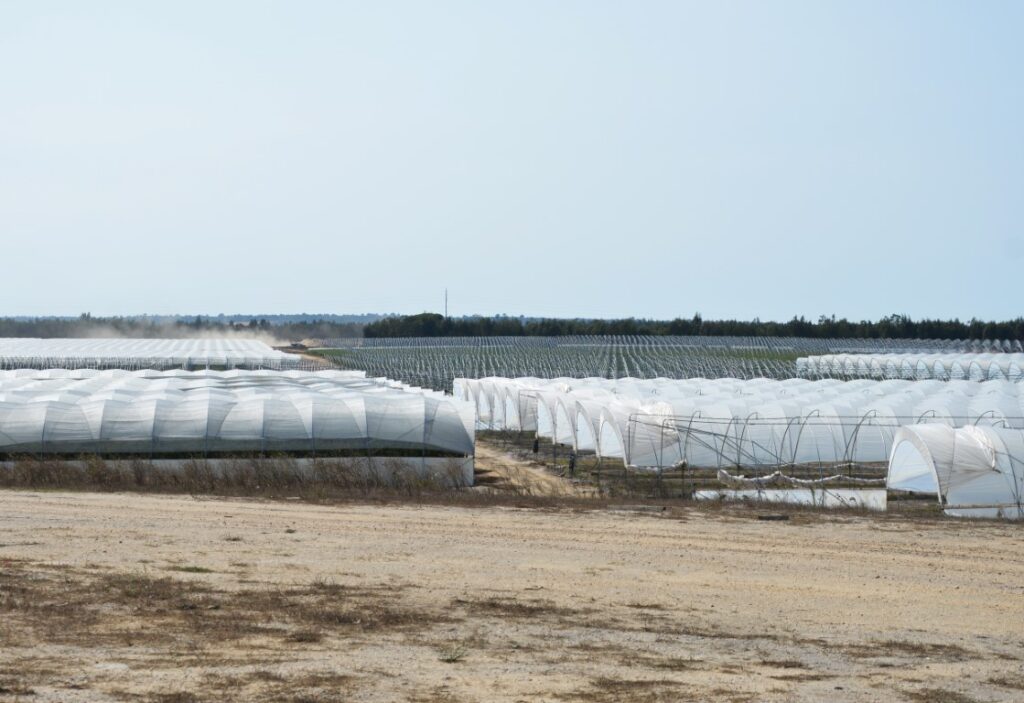
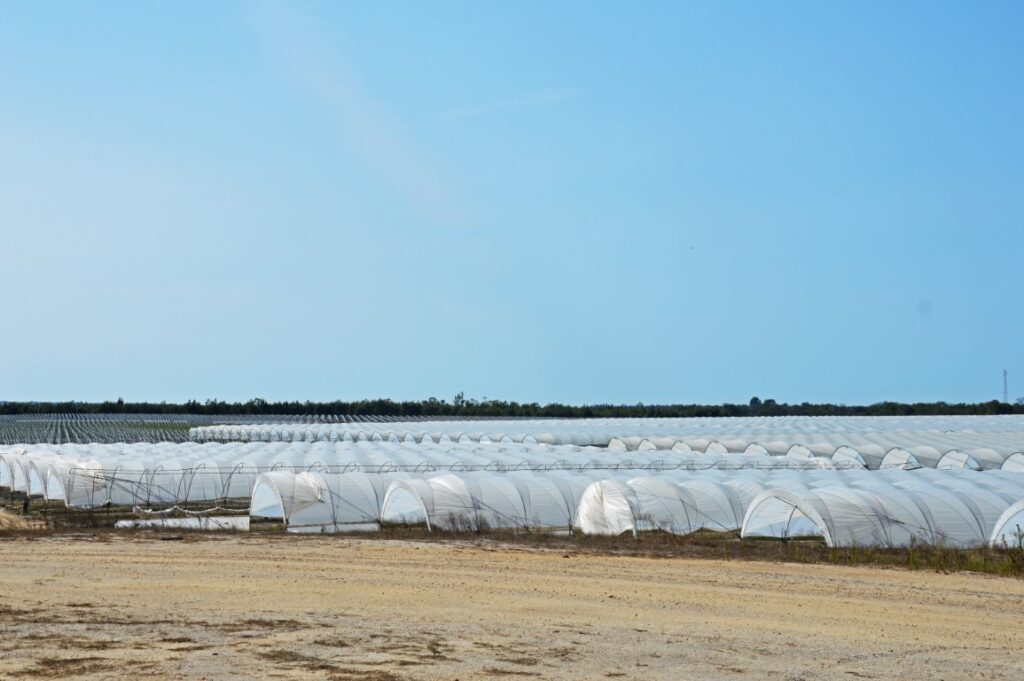
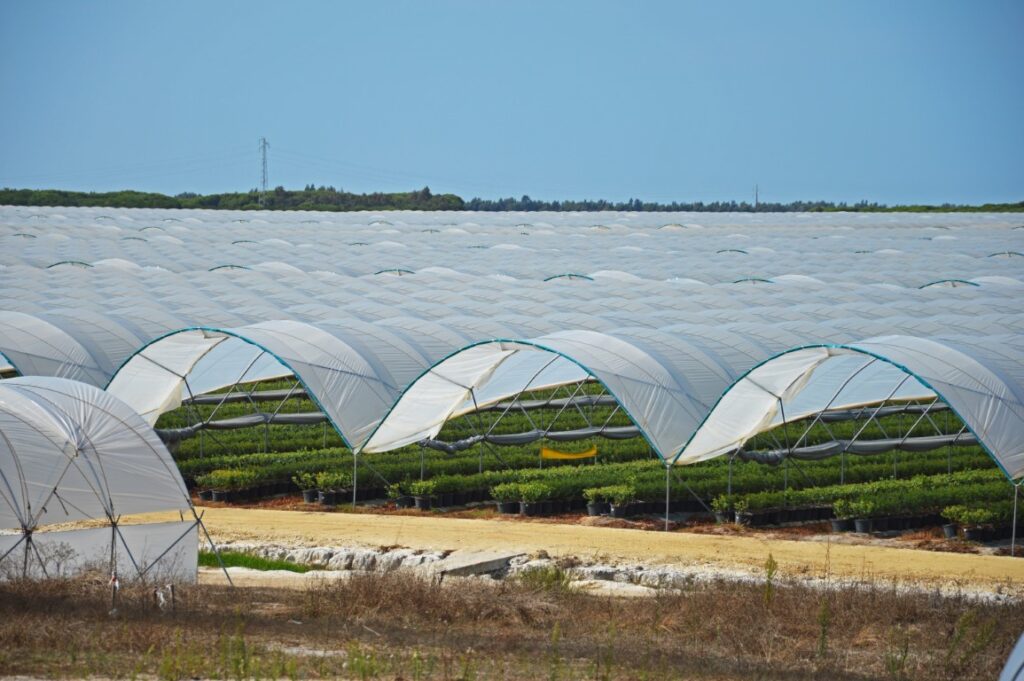
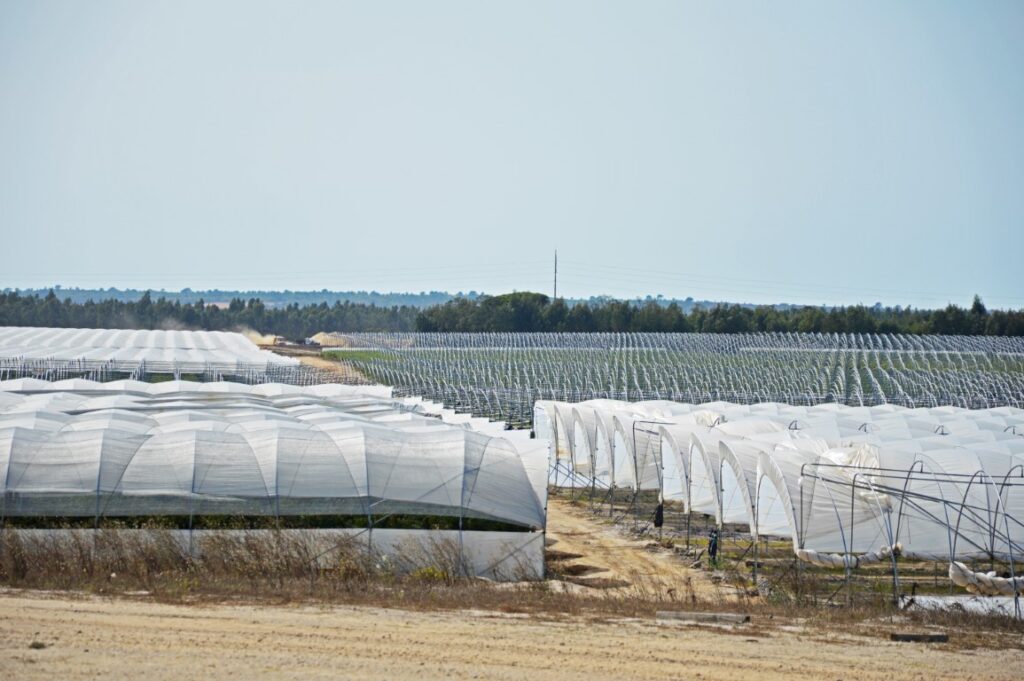
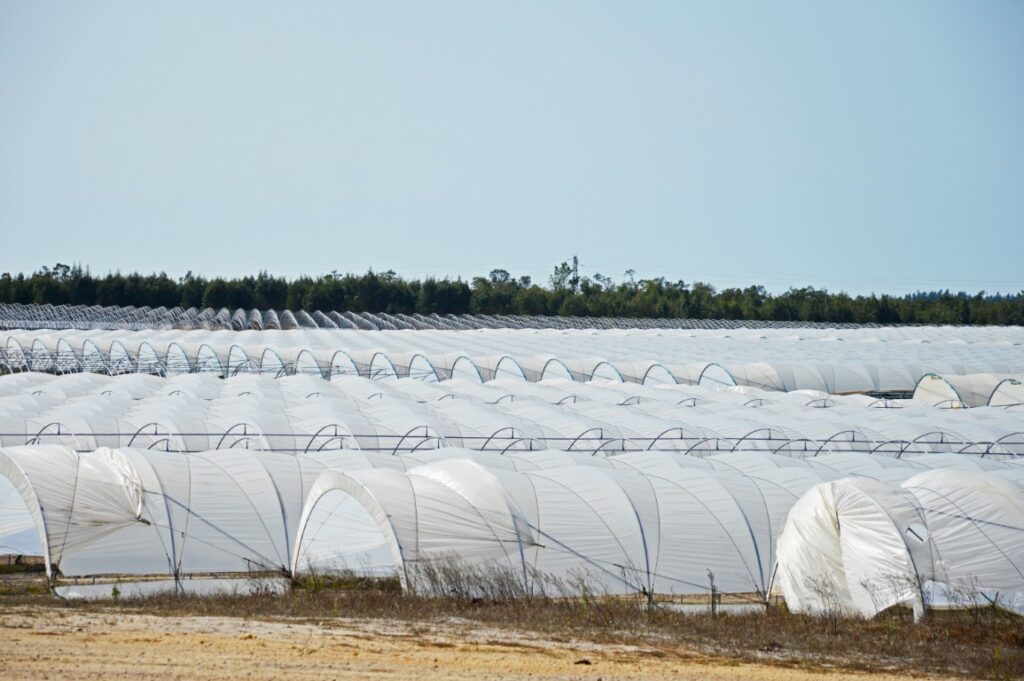

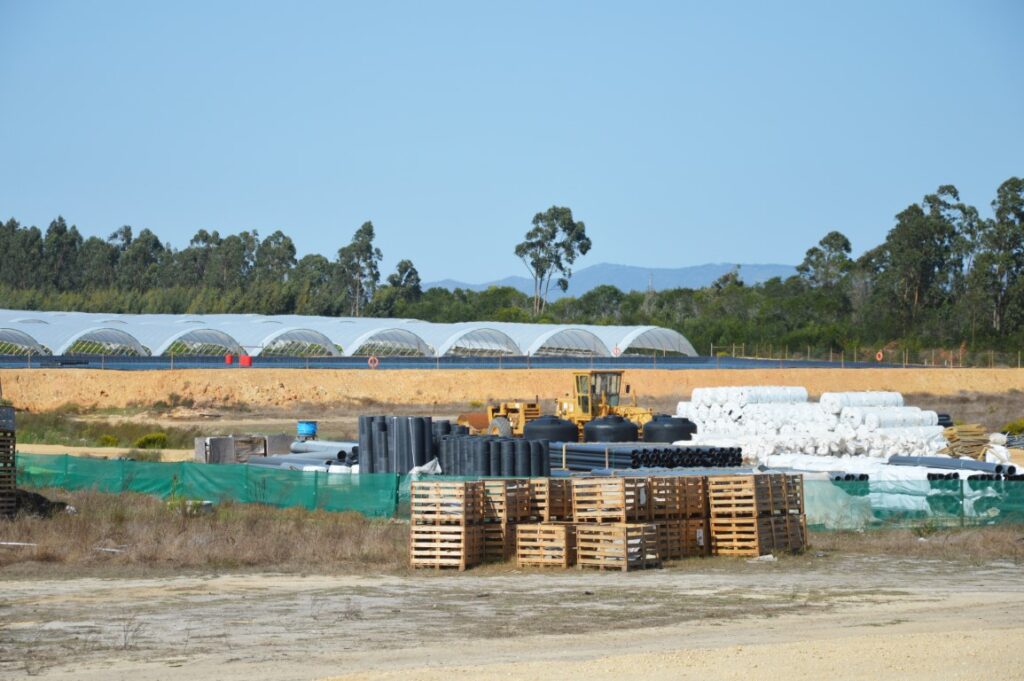
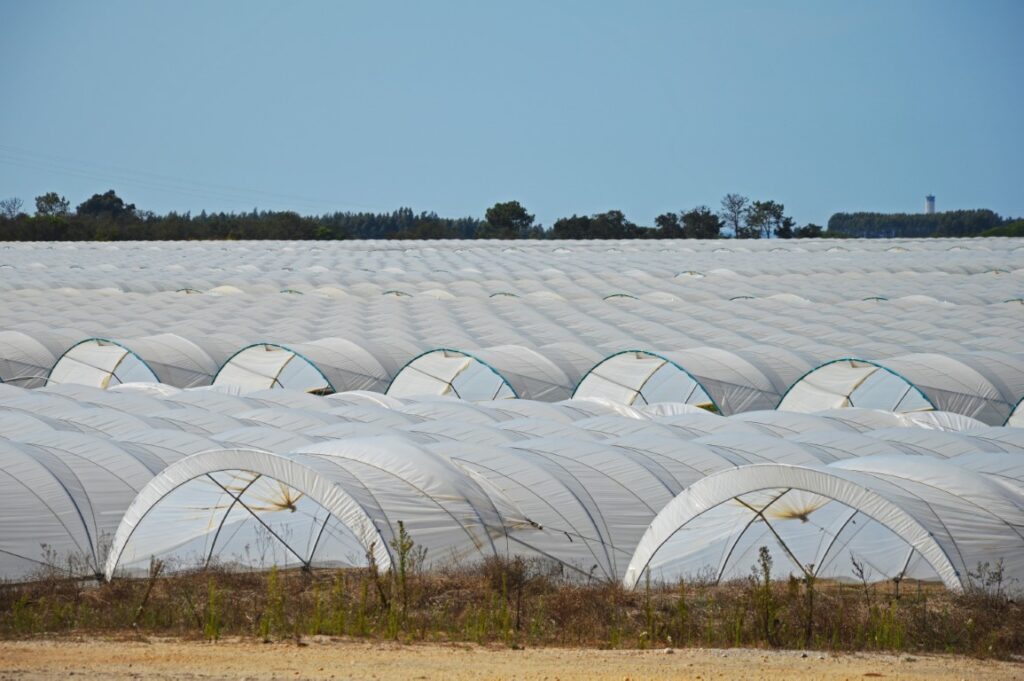
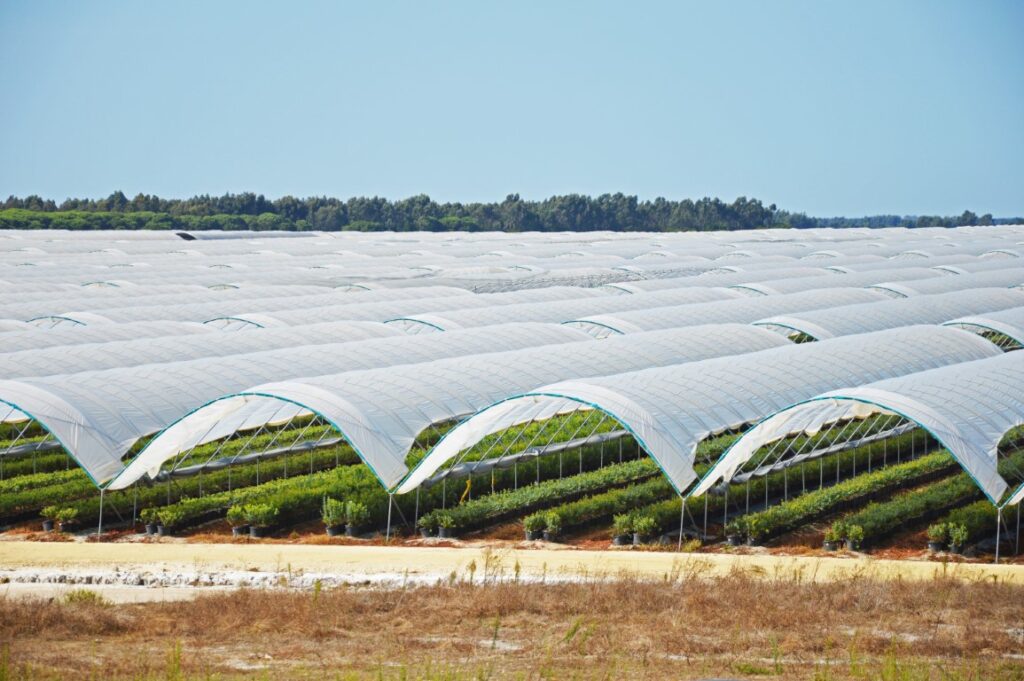
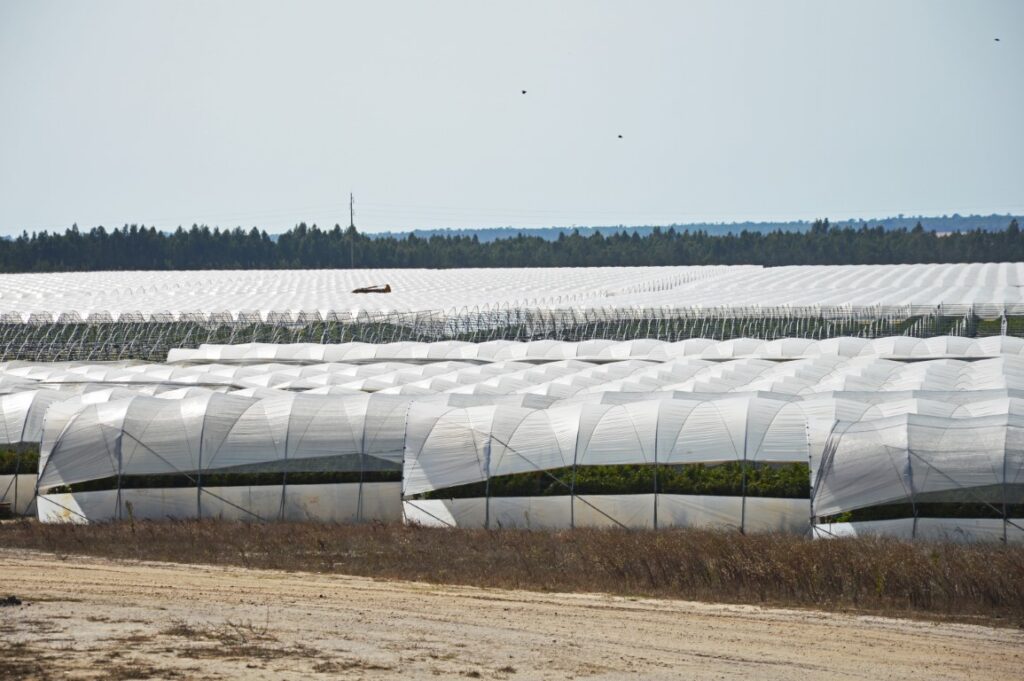
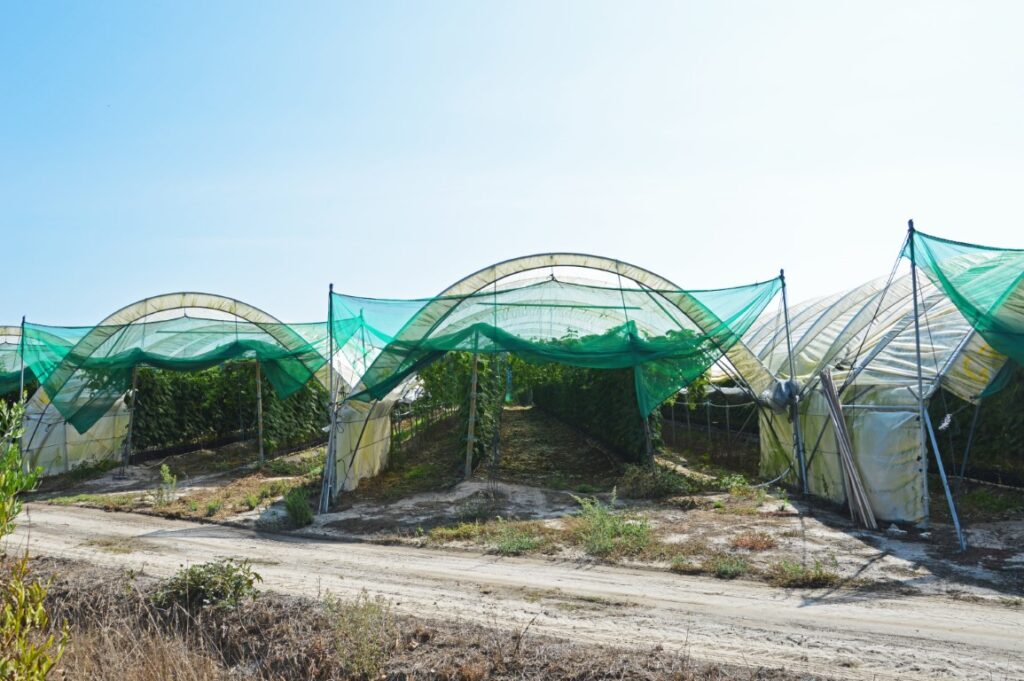
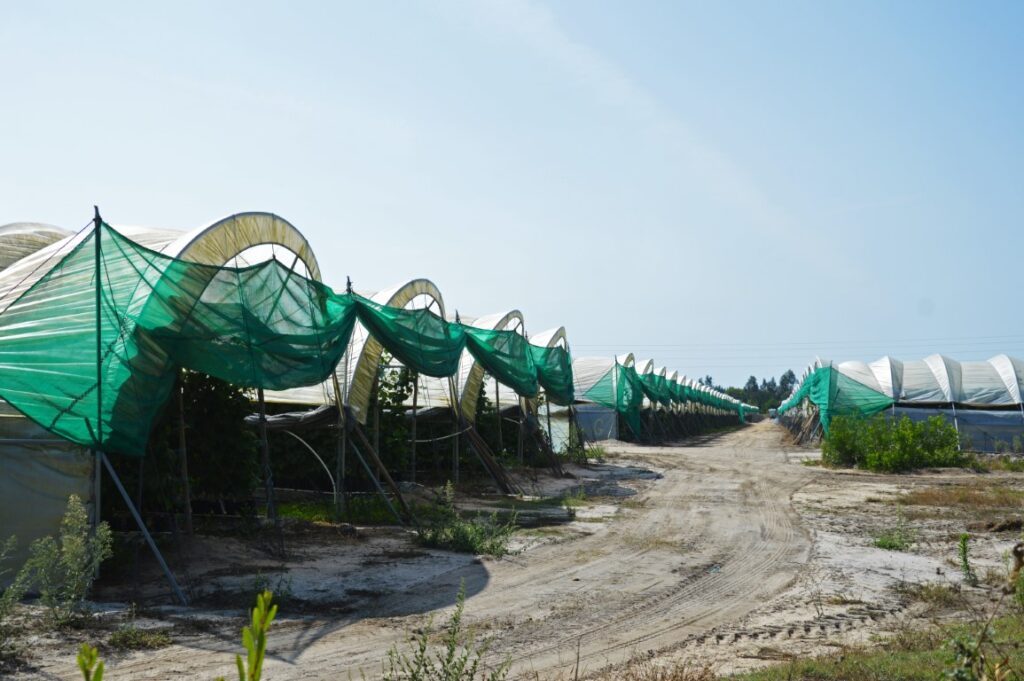
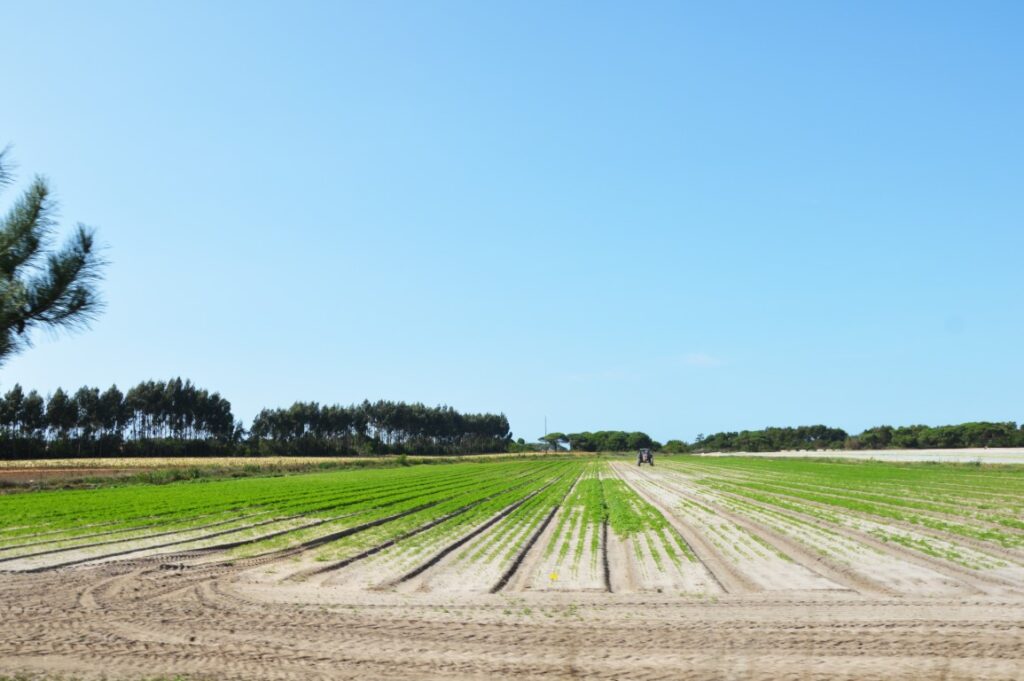
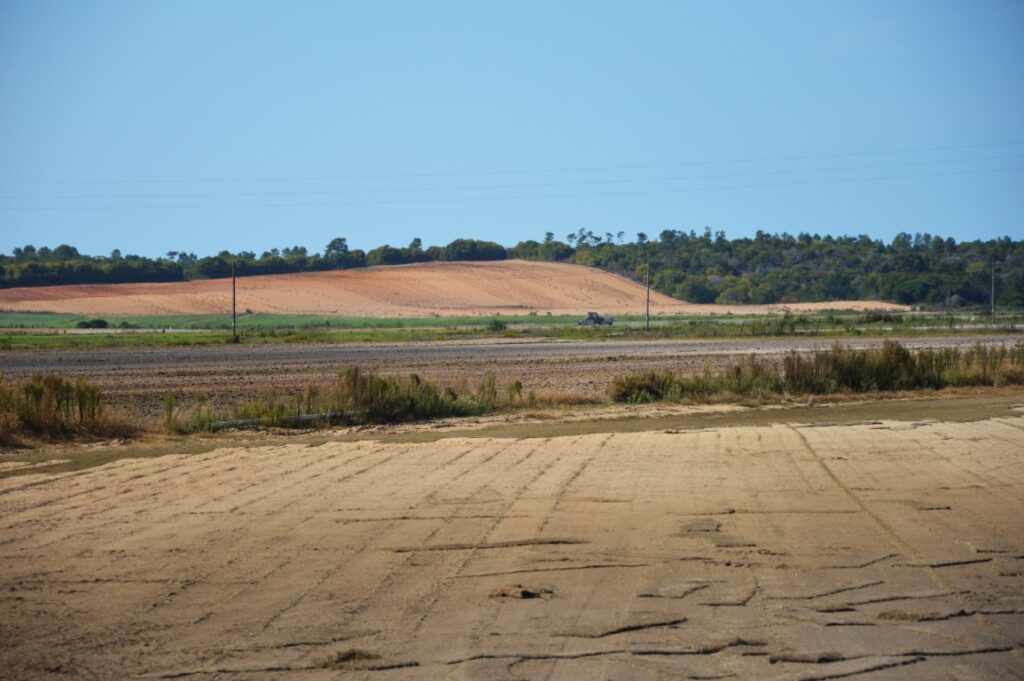
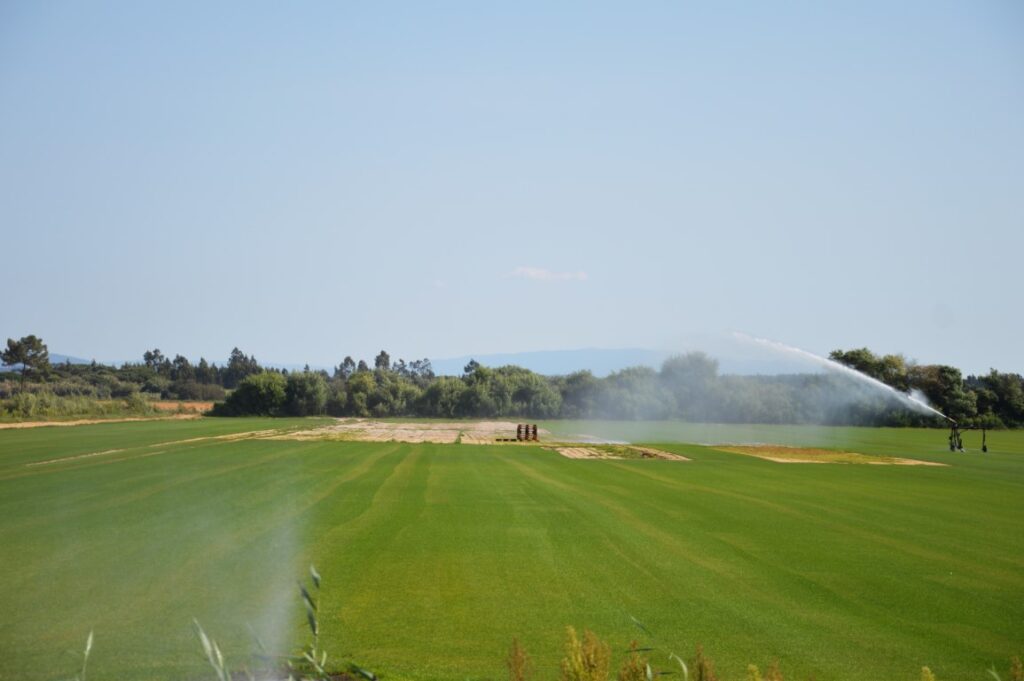
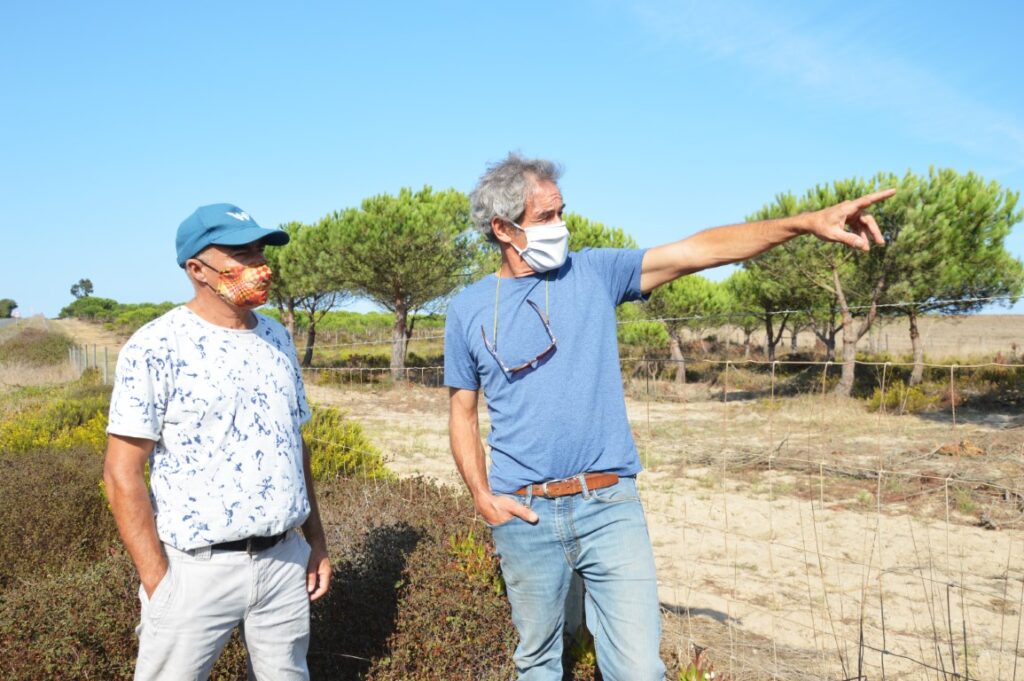
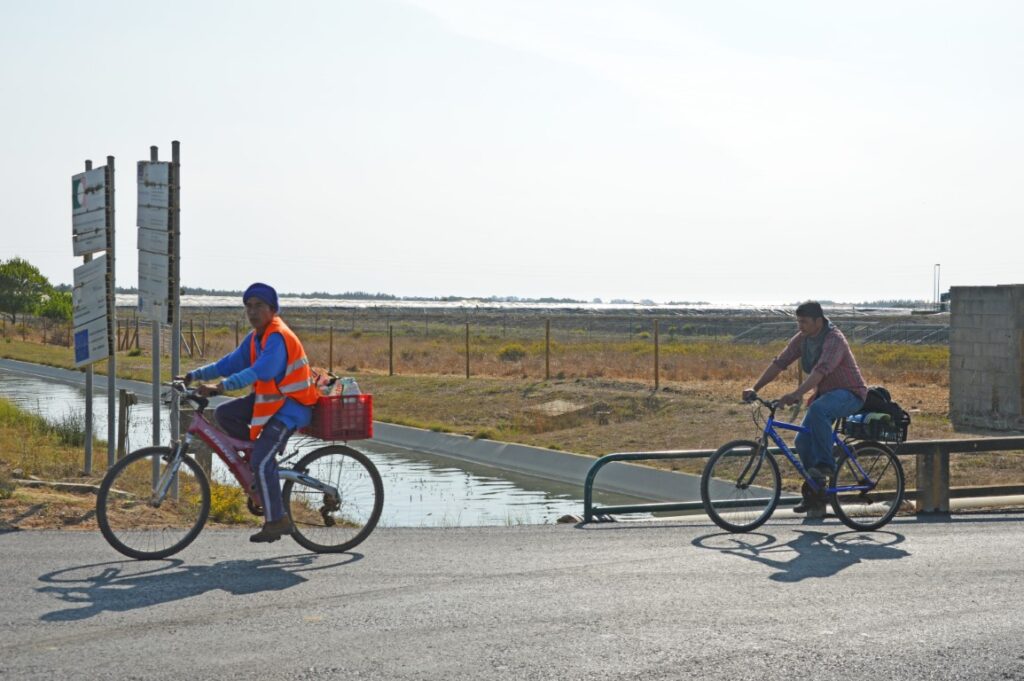
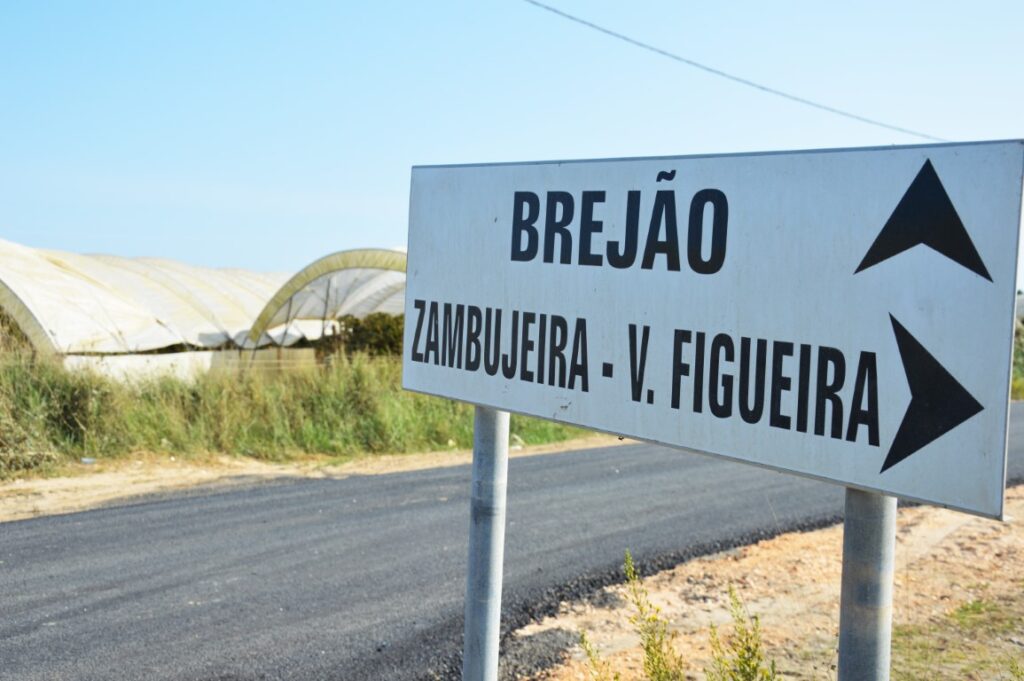
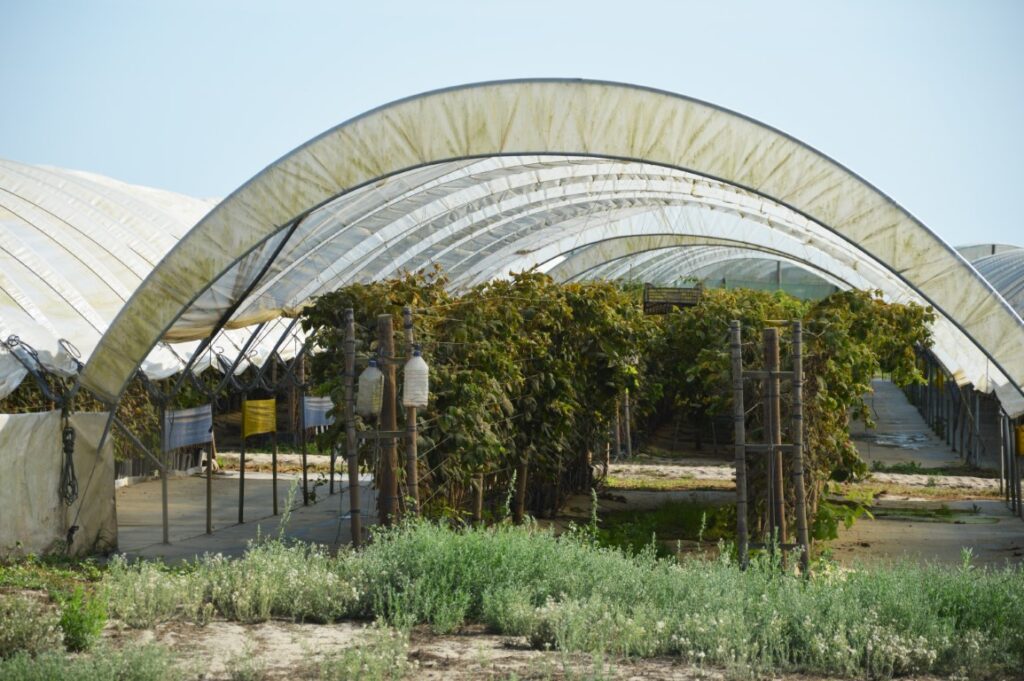
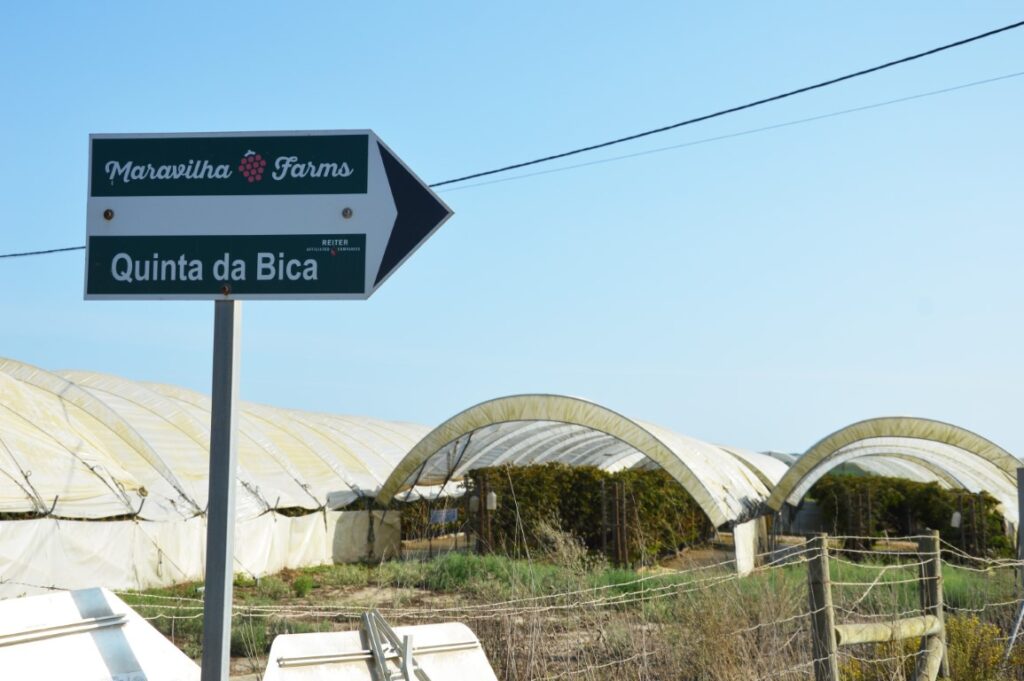
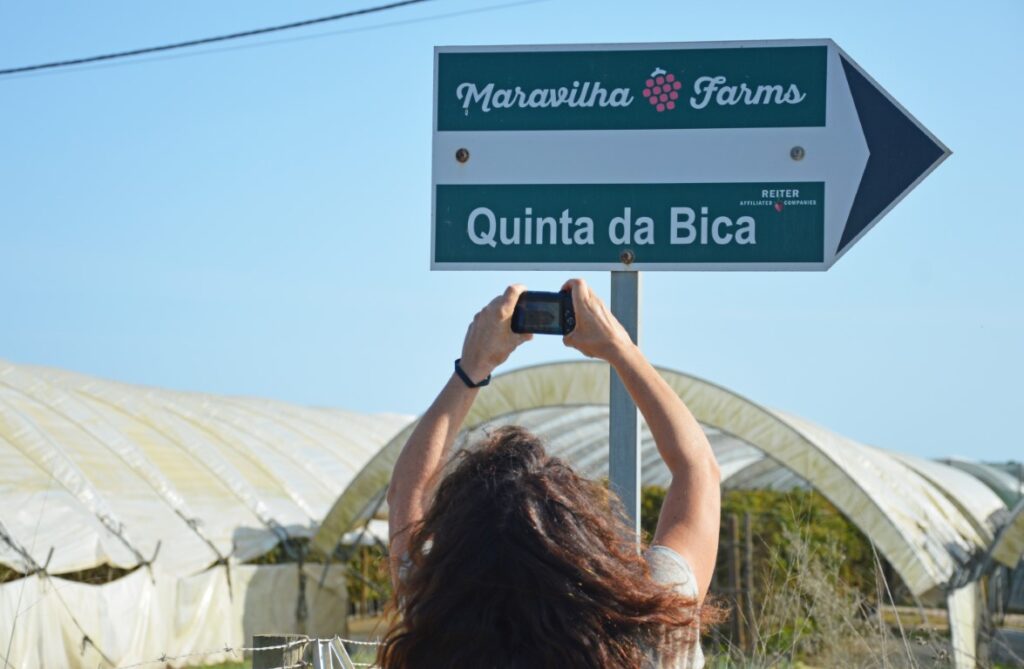
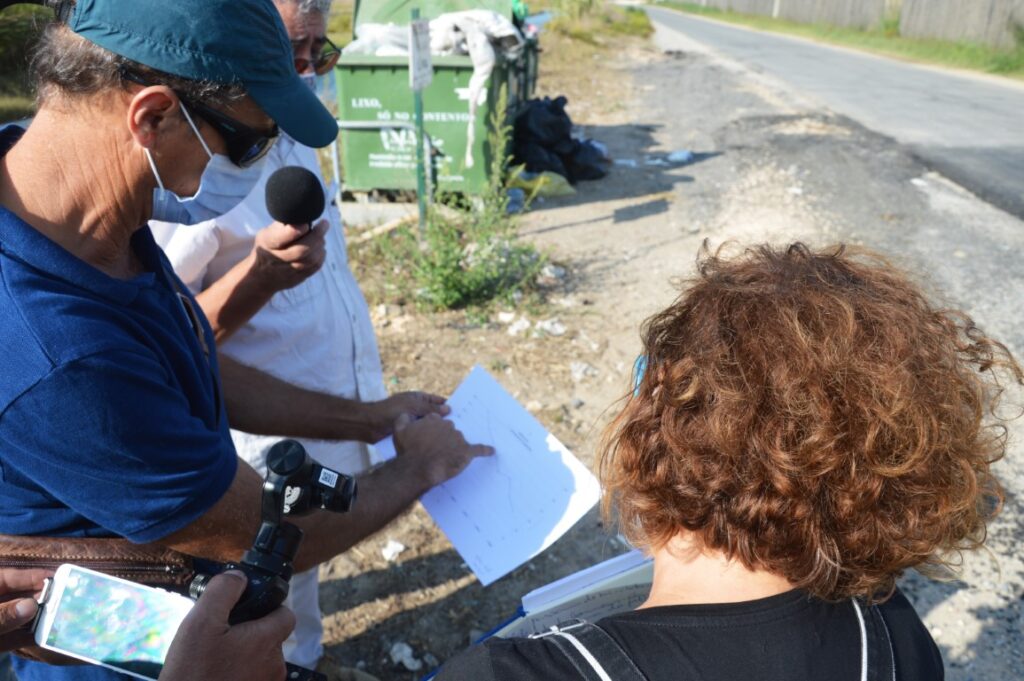
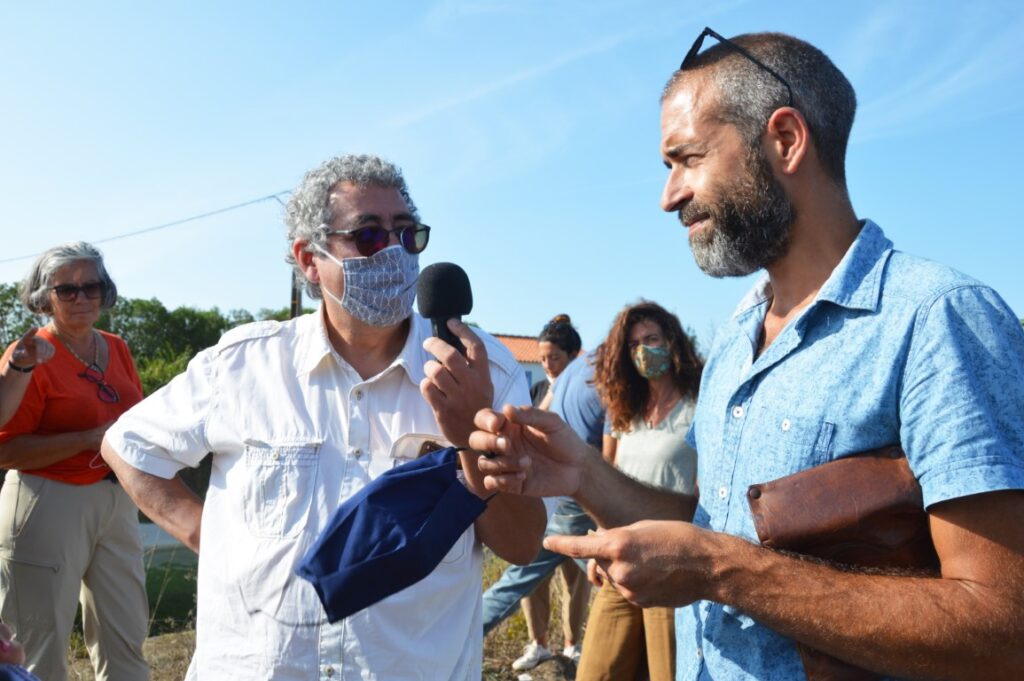
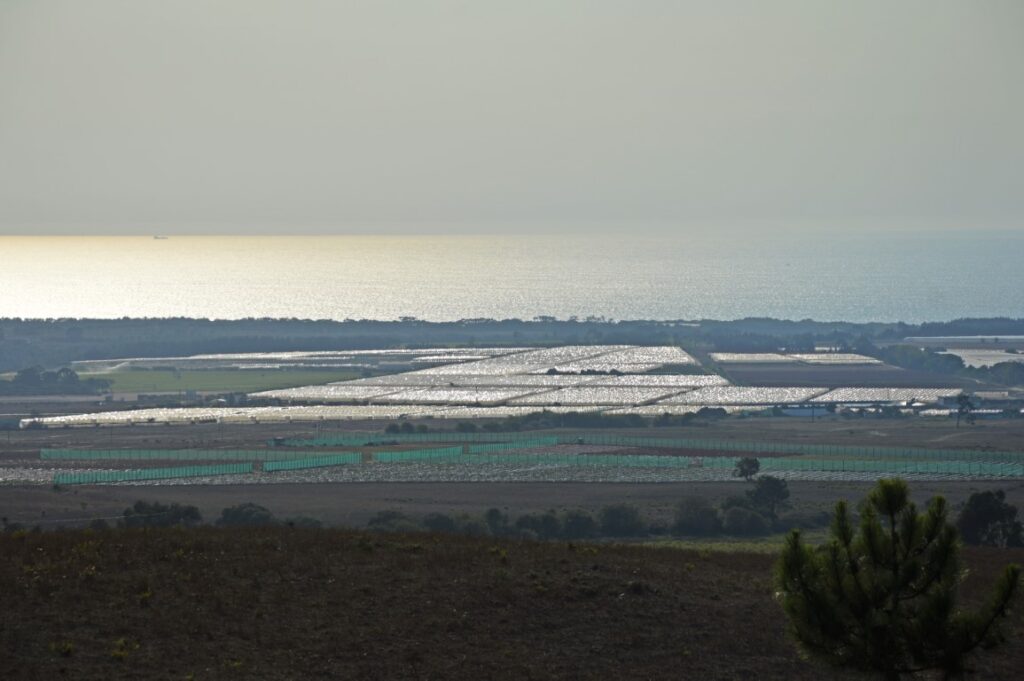
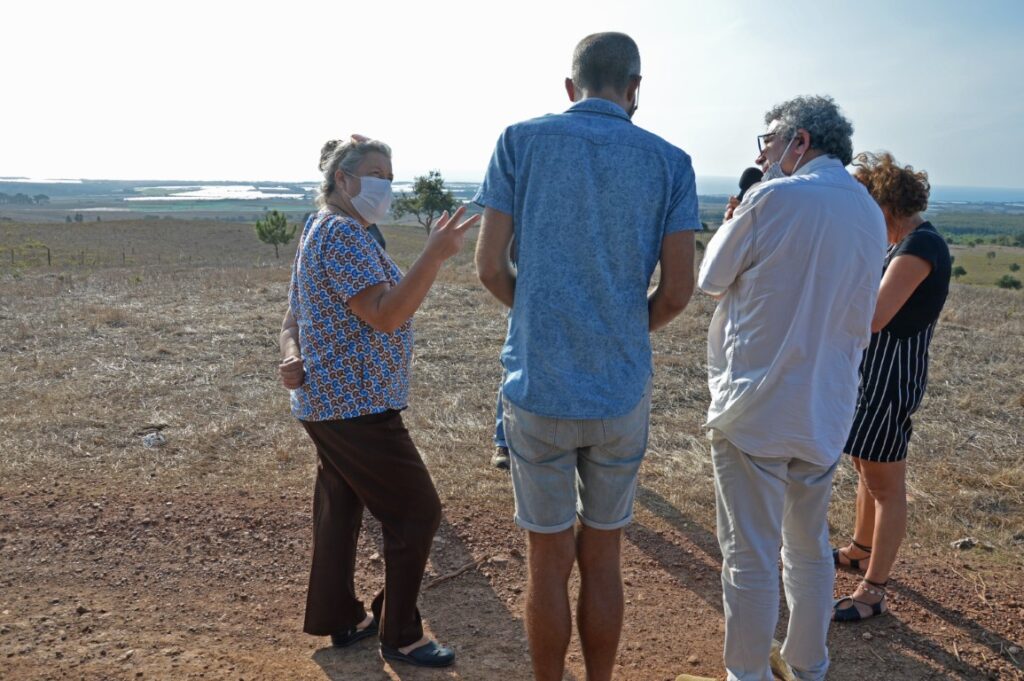
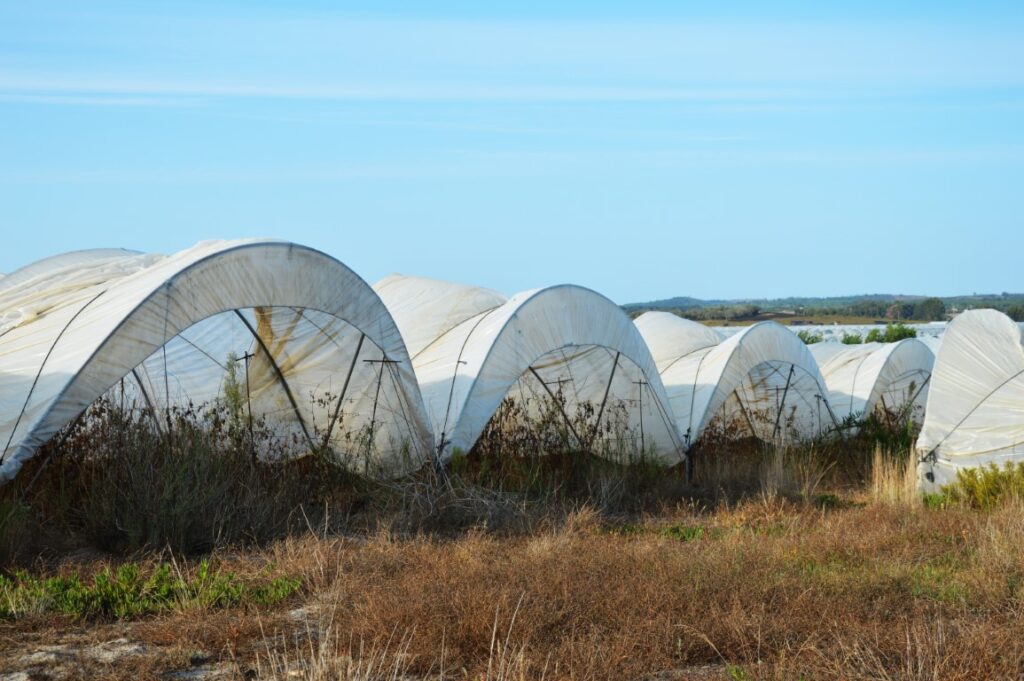
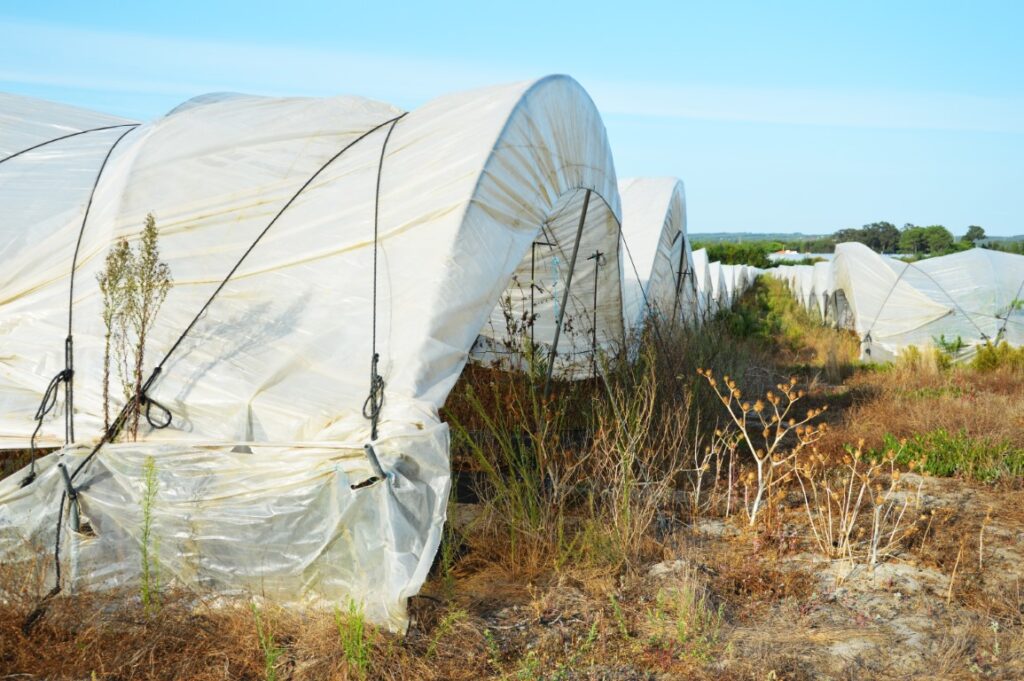
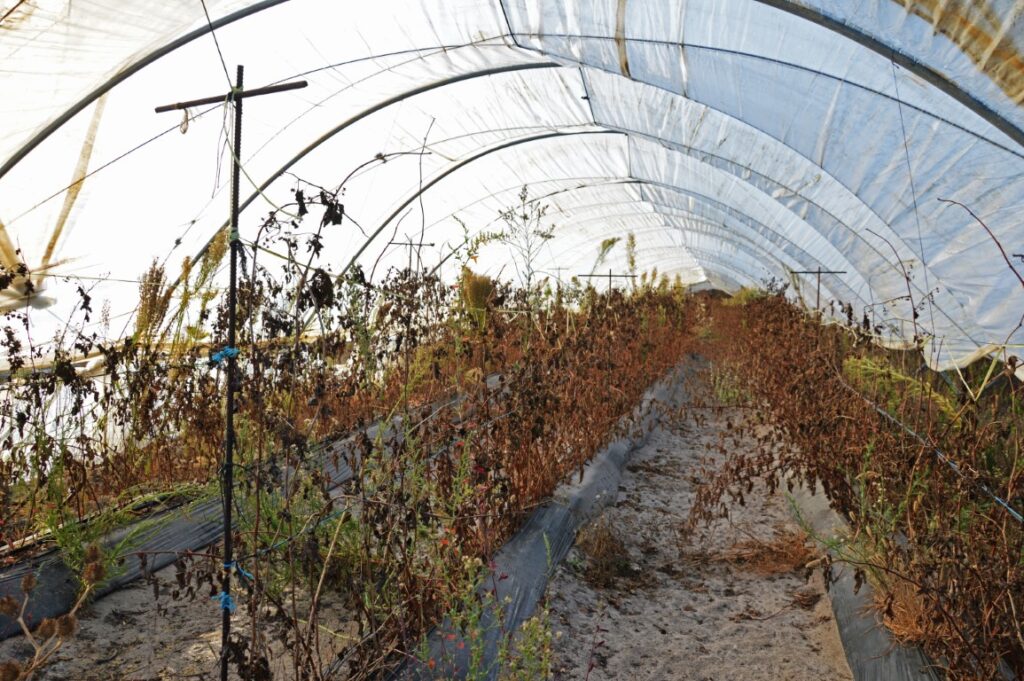
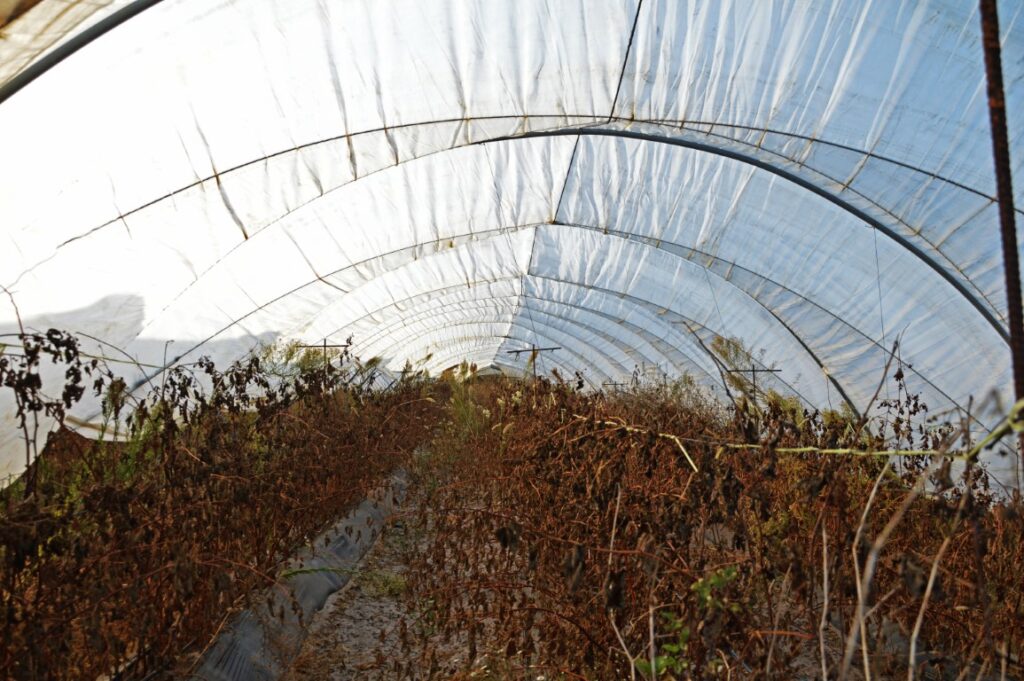
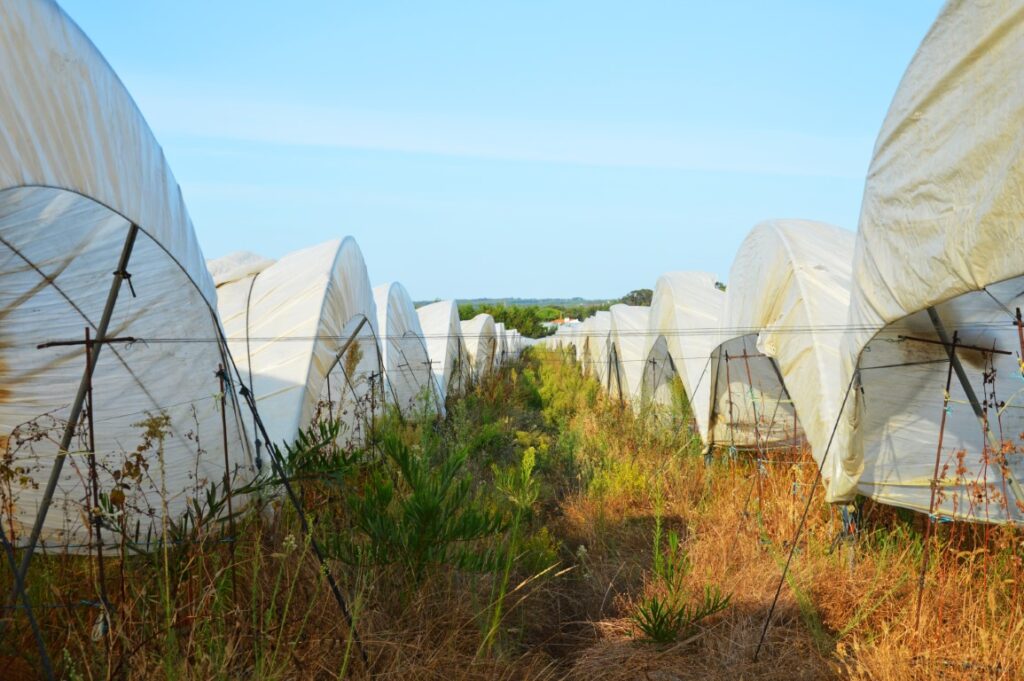
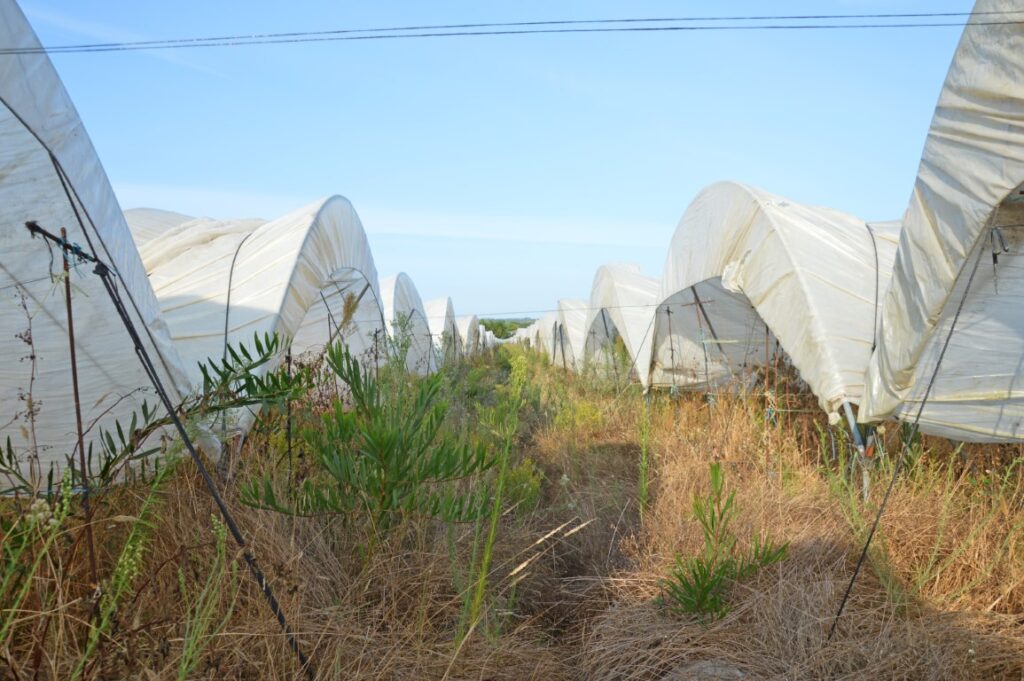
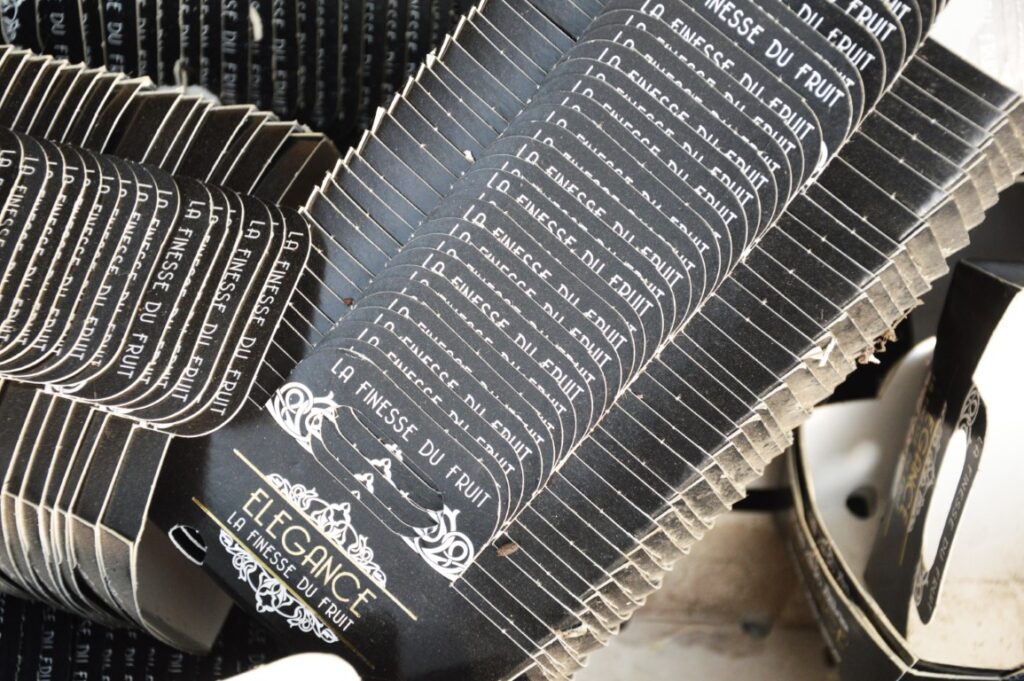
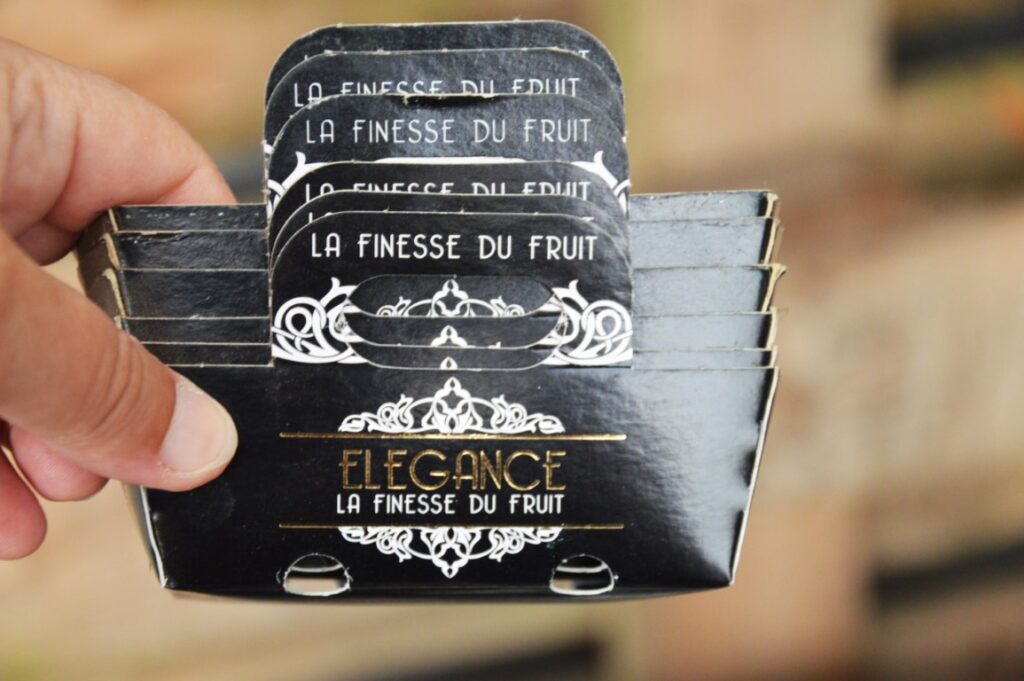
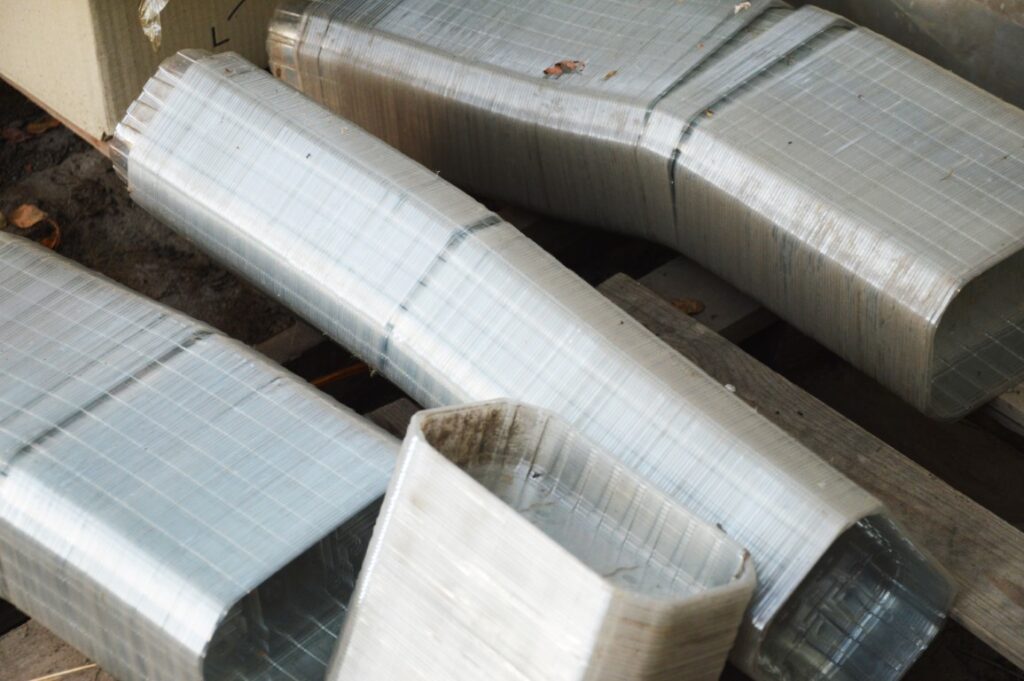
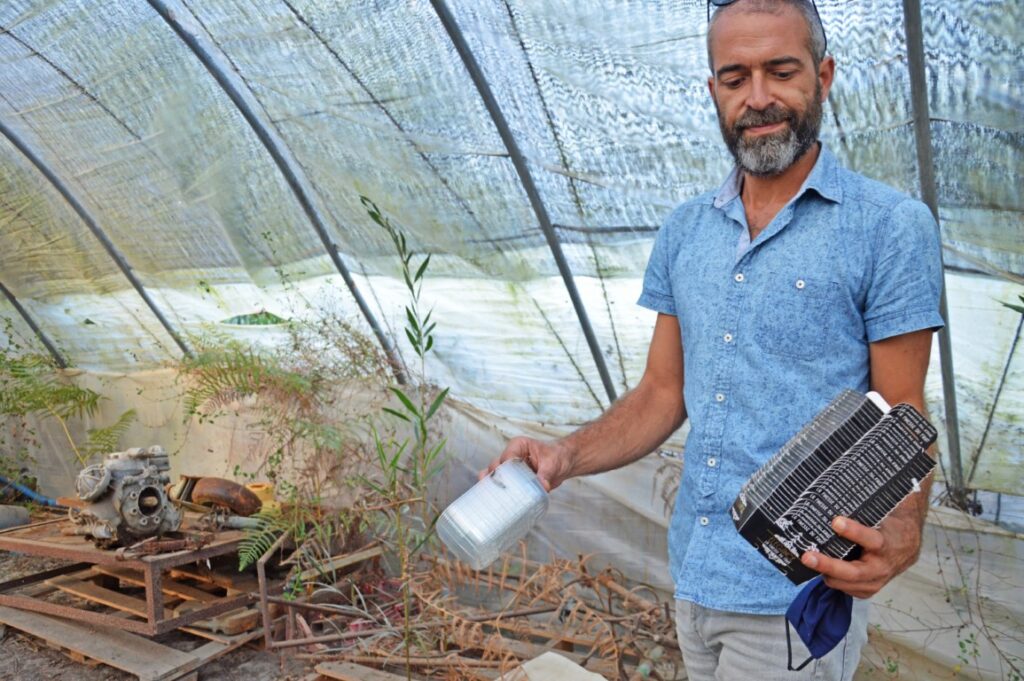
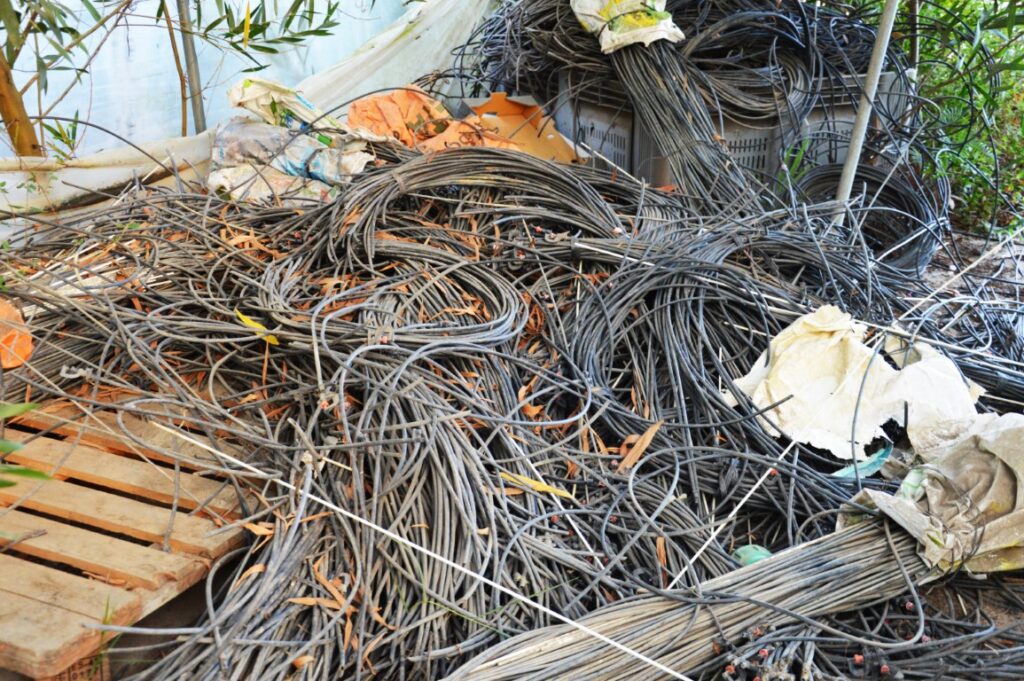
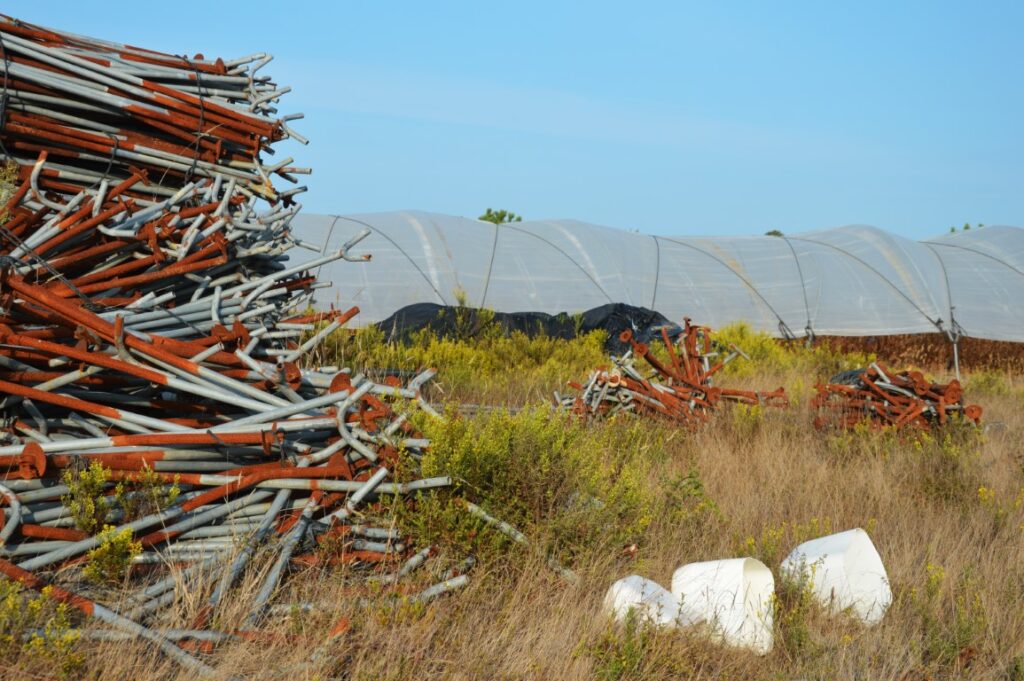
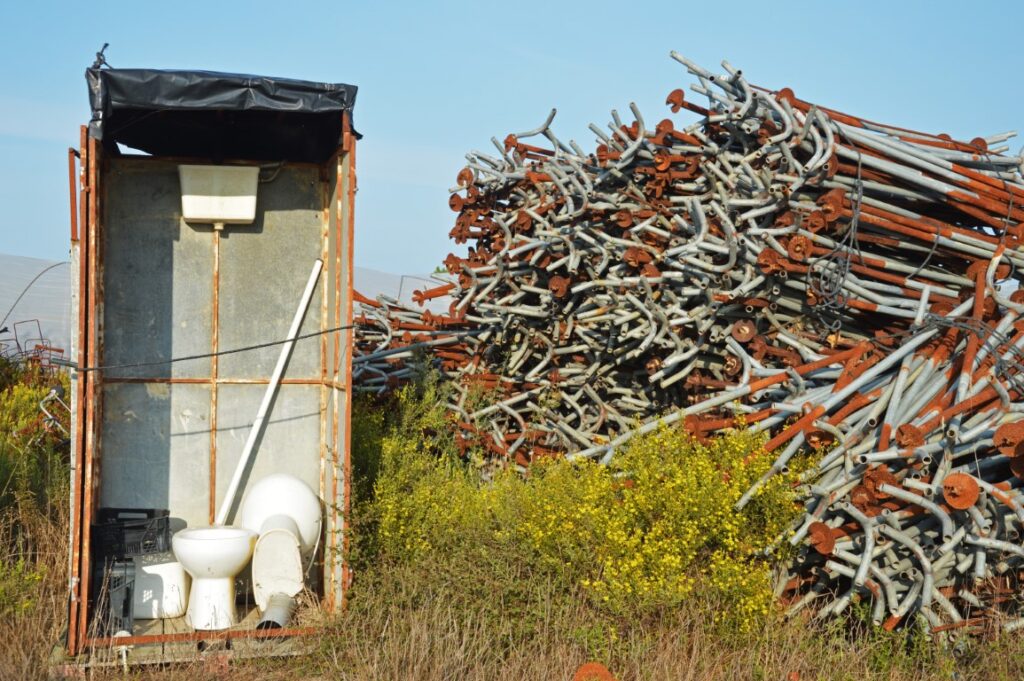
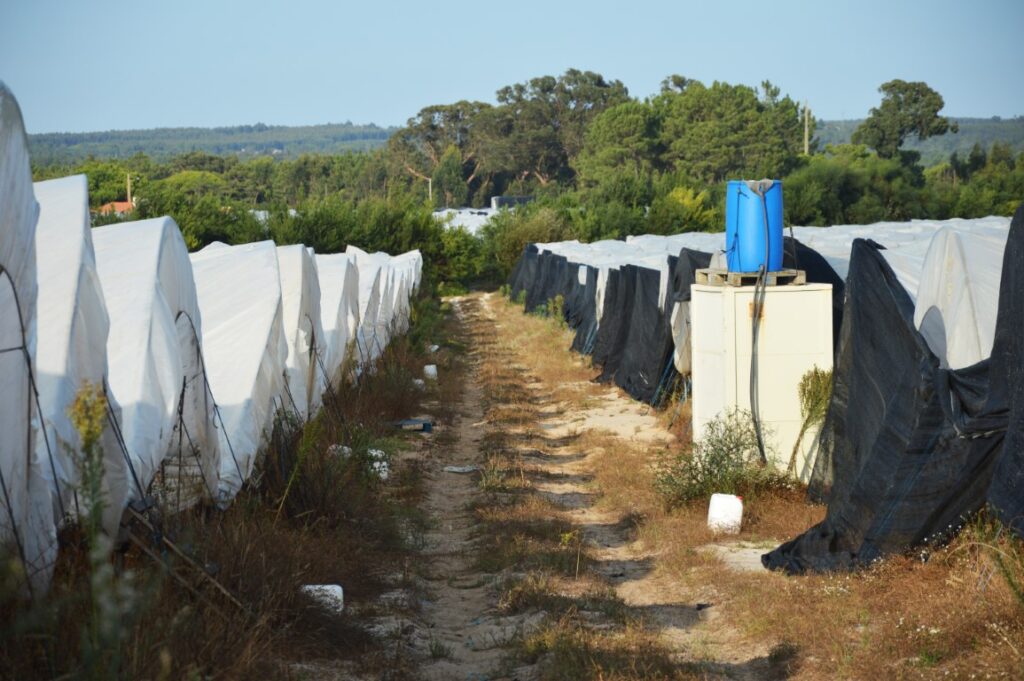
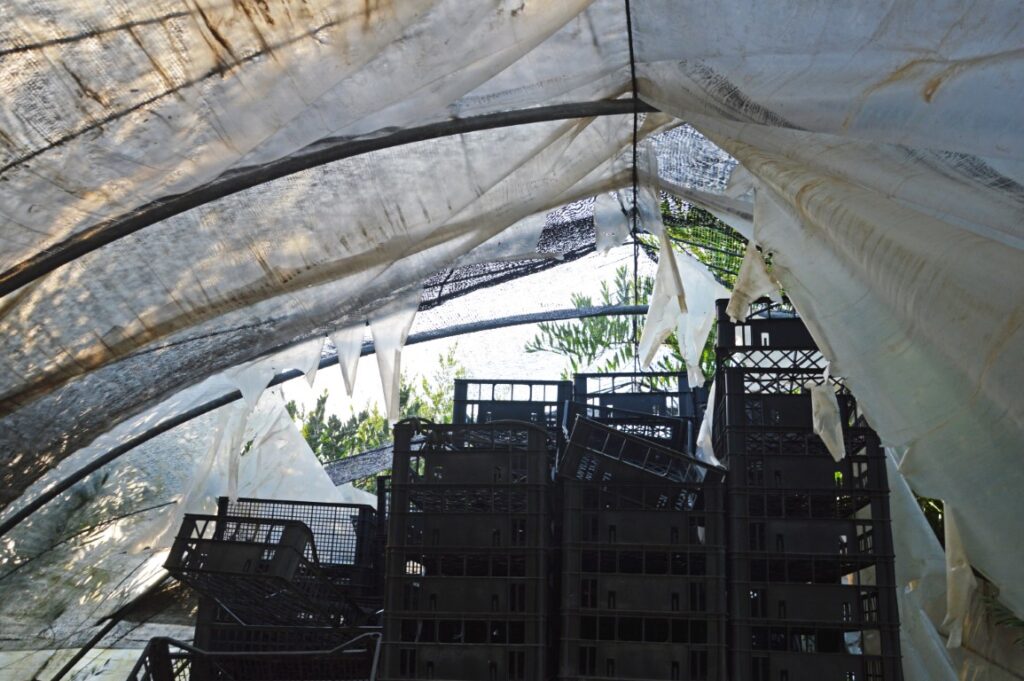
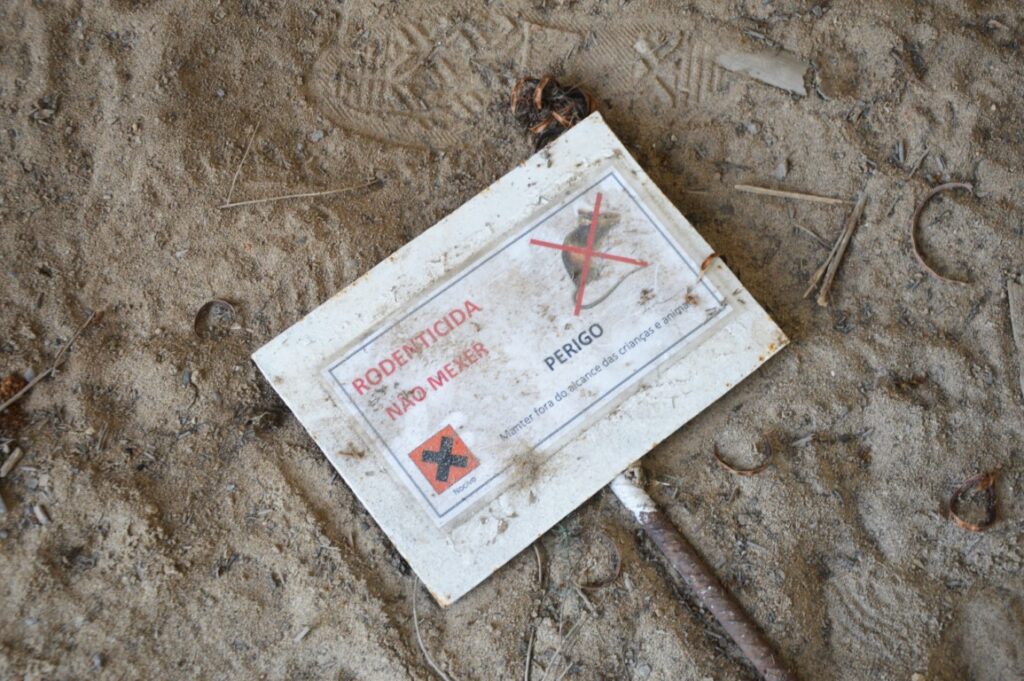
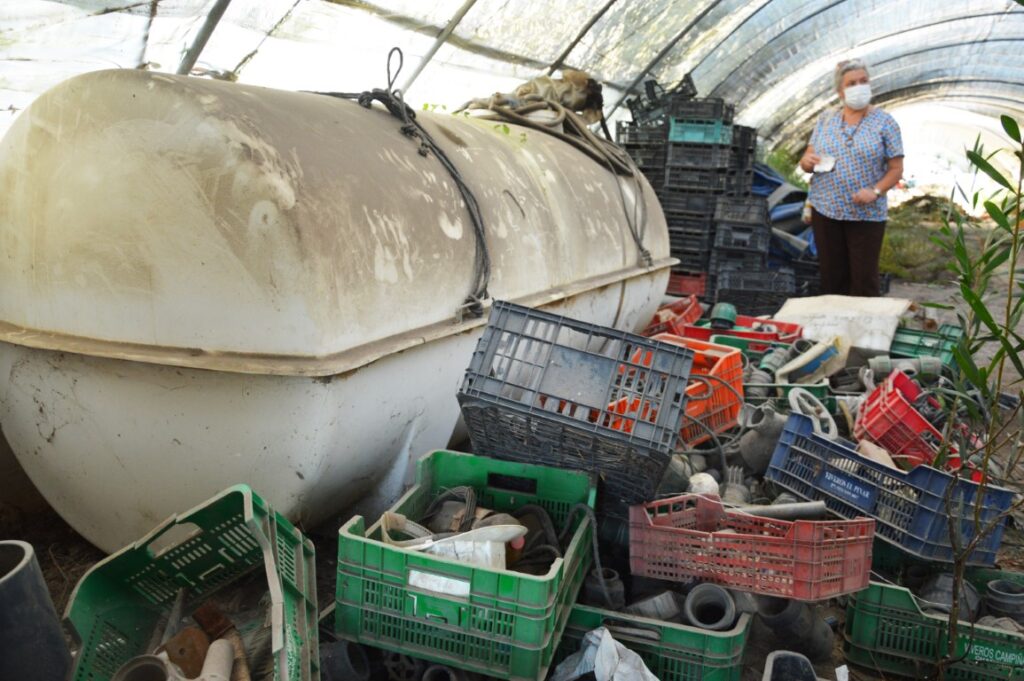
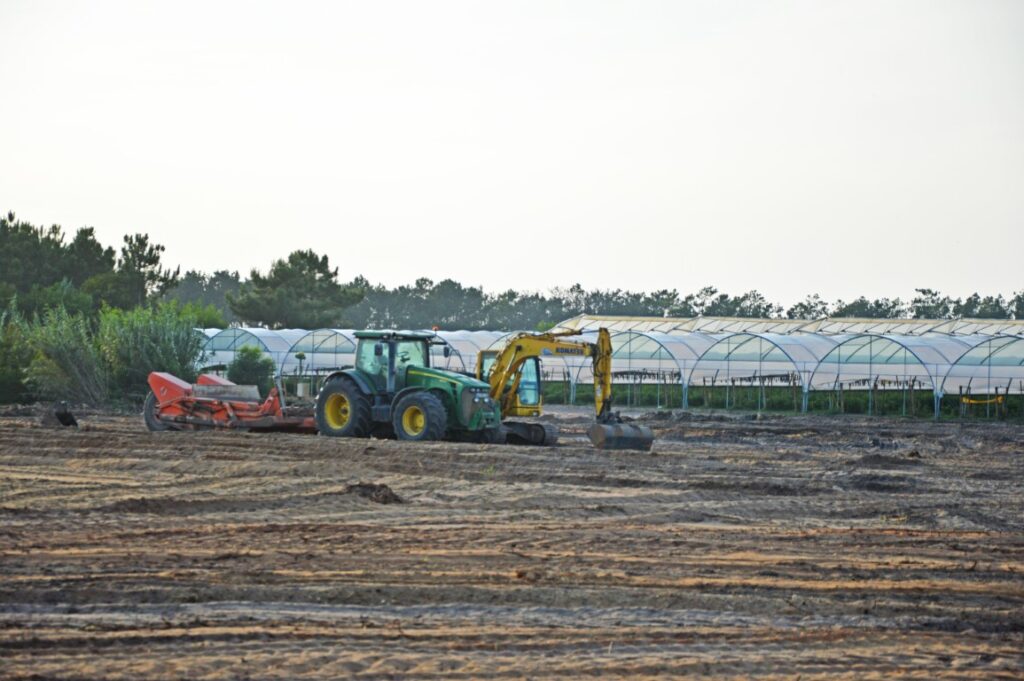
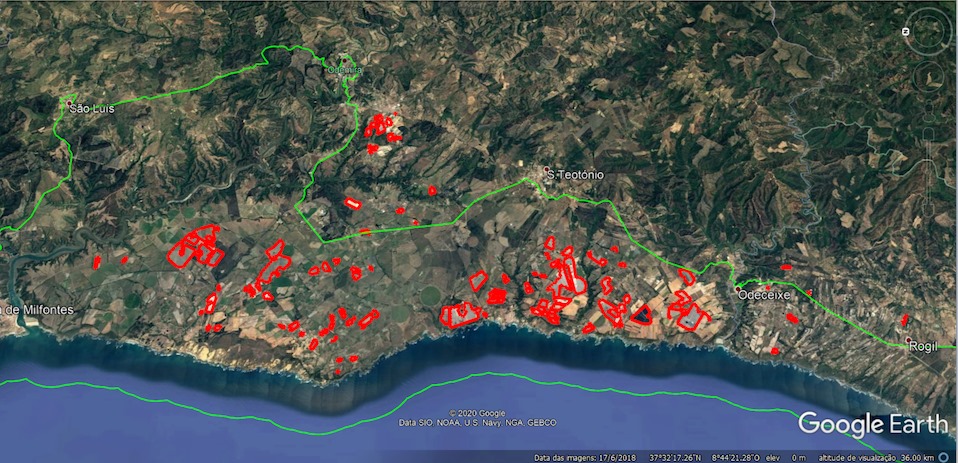


















Comments